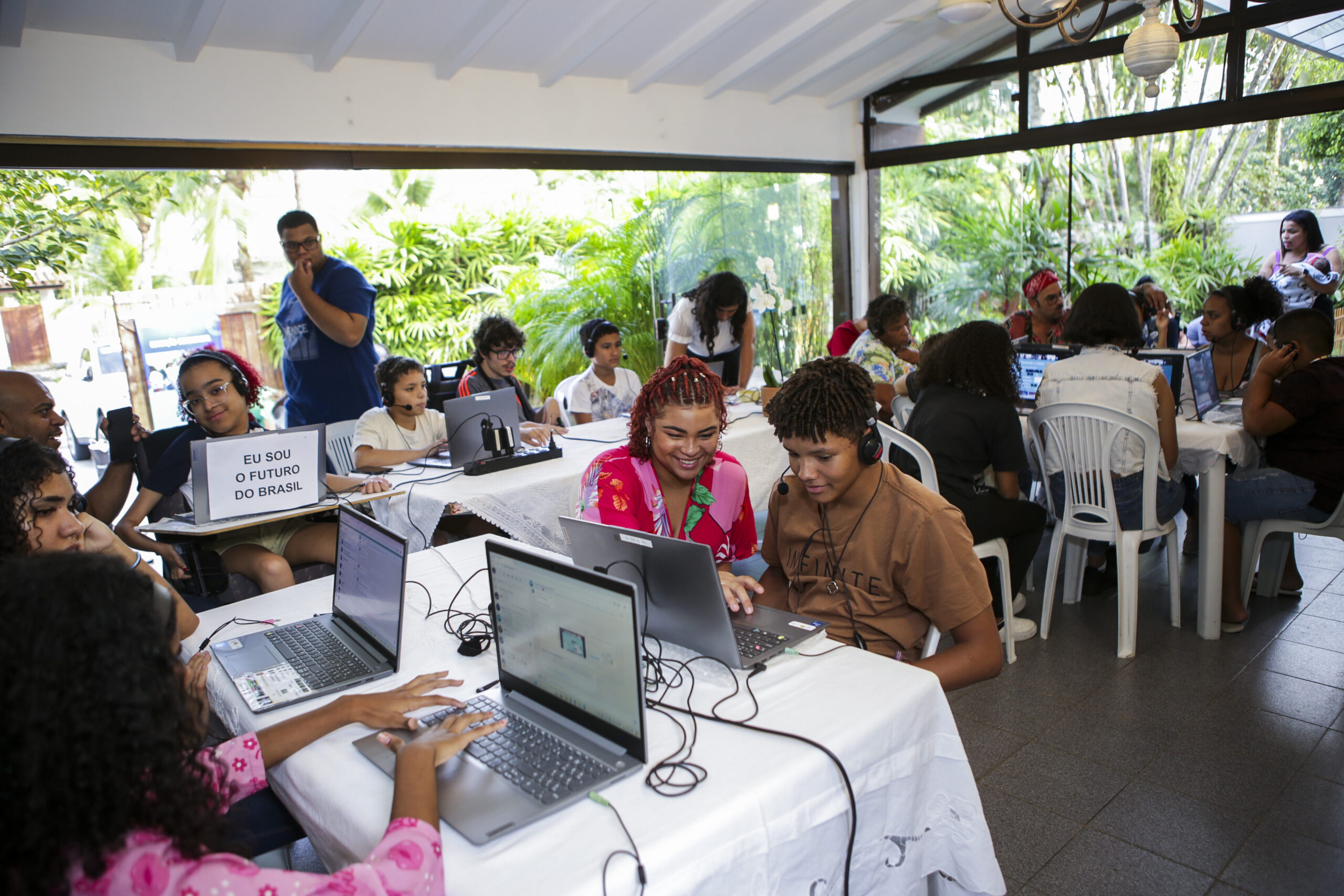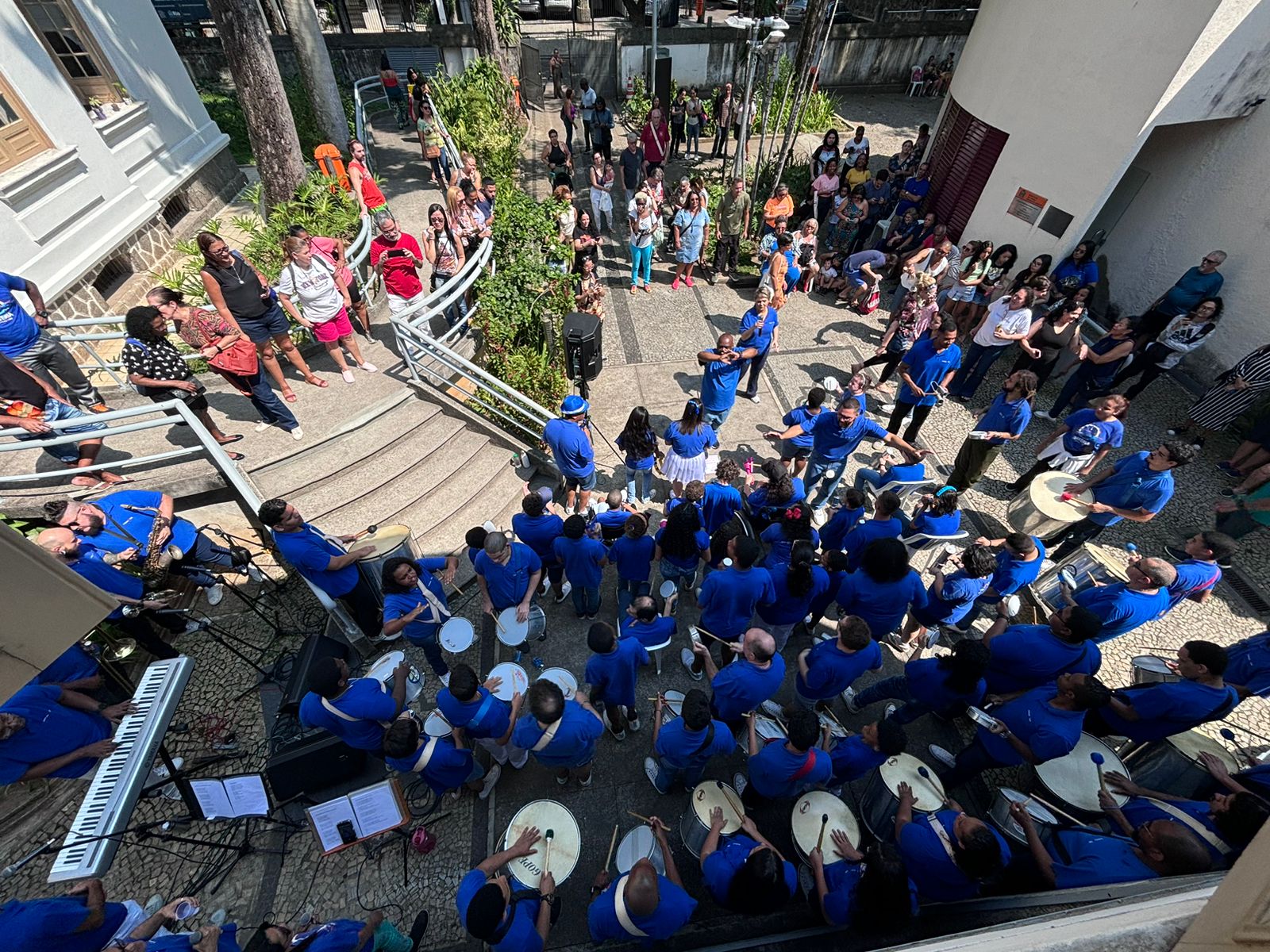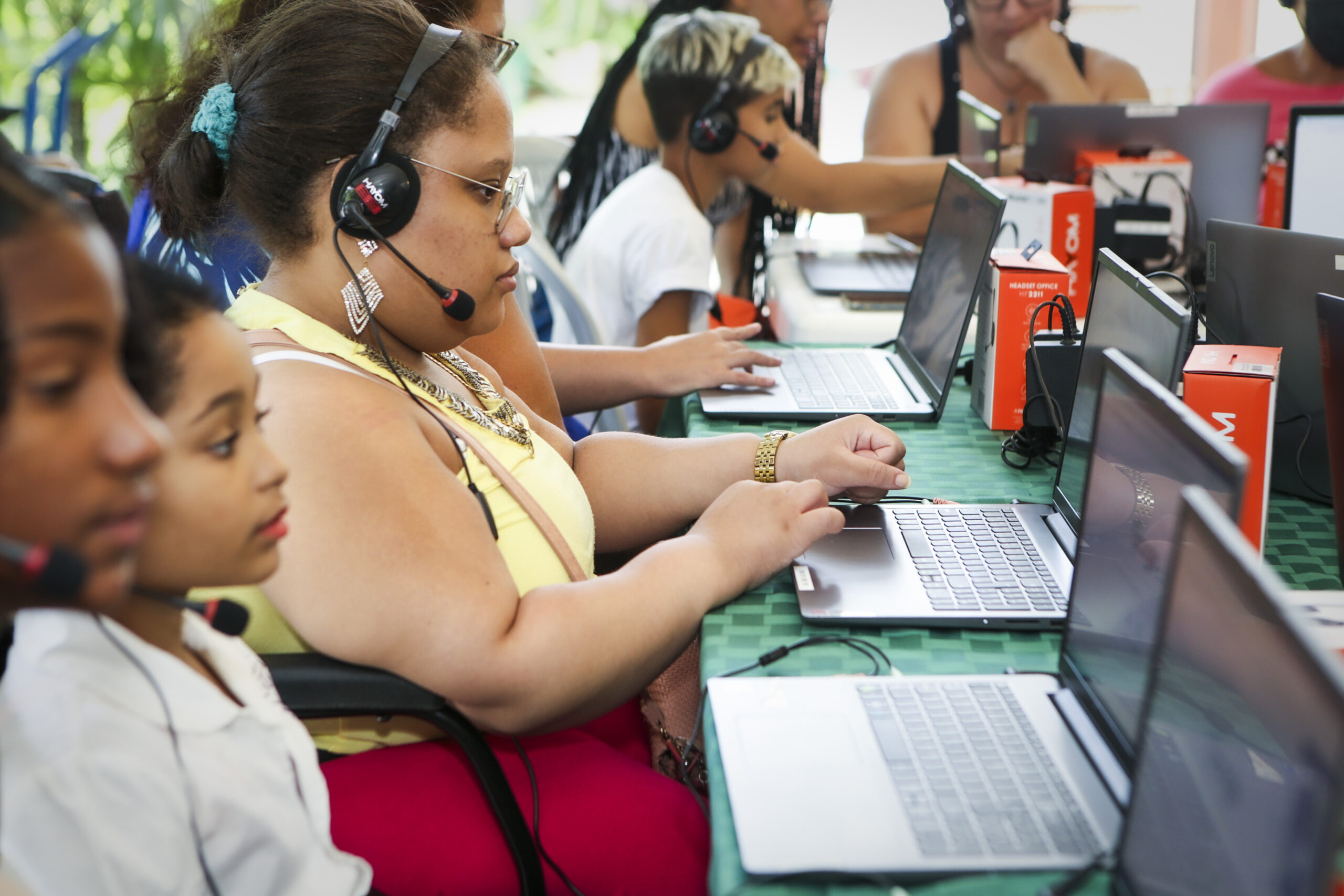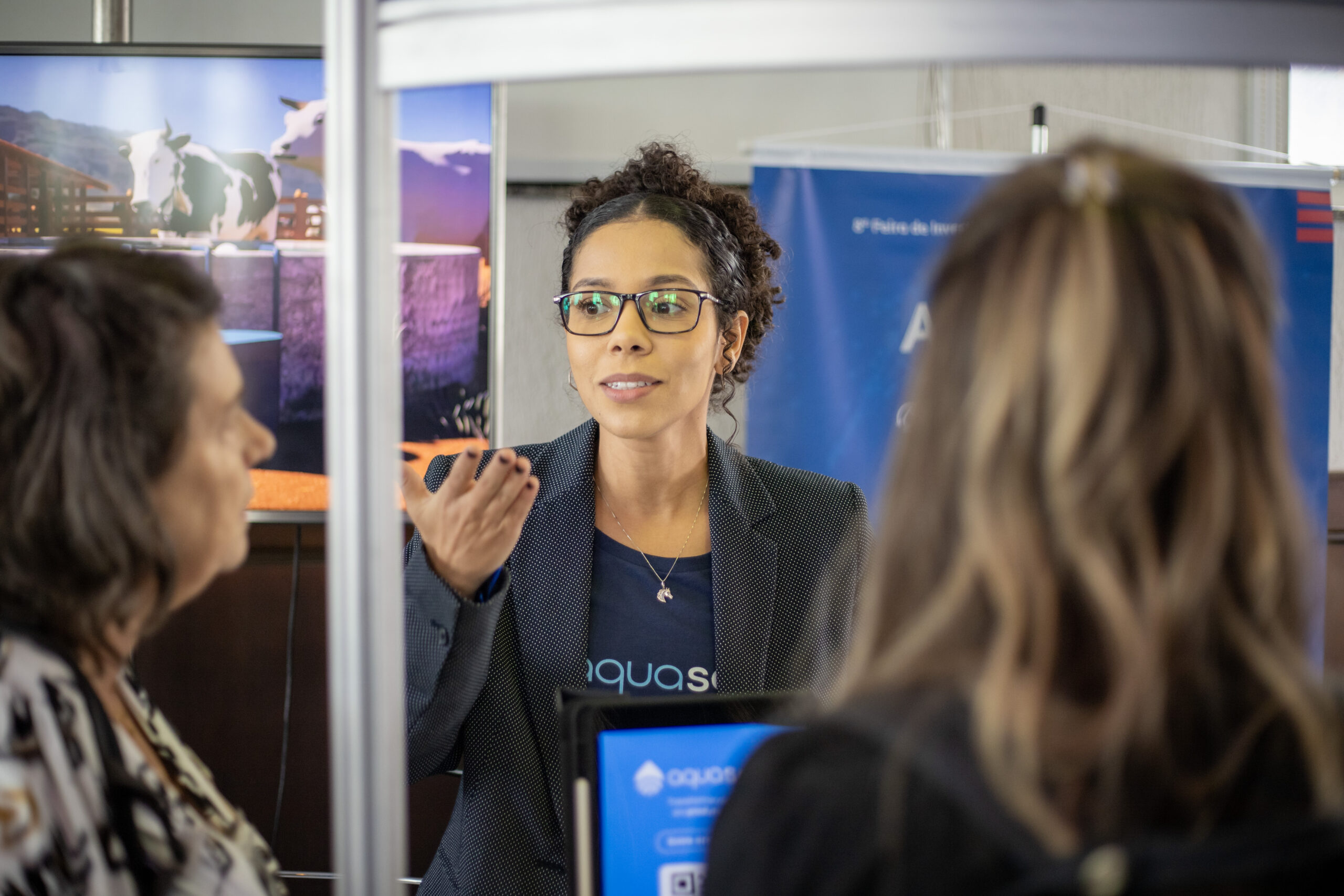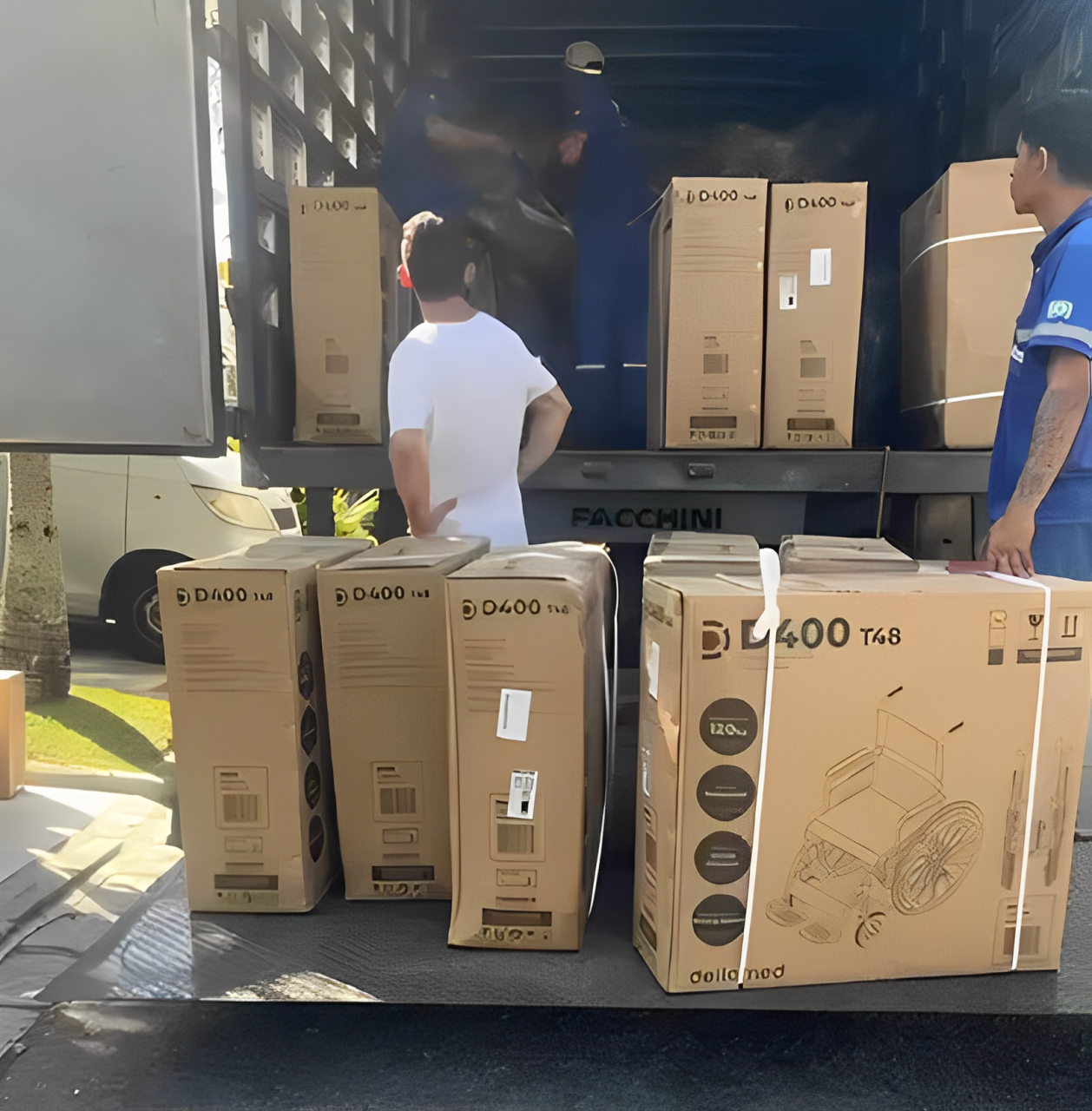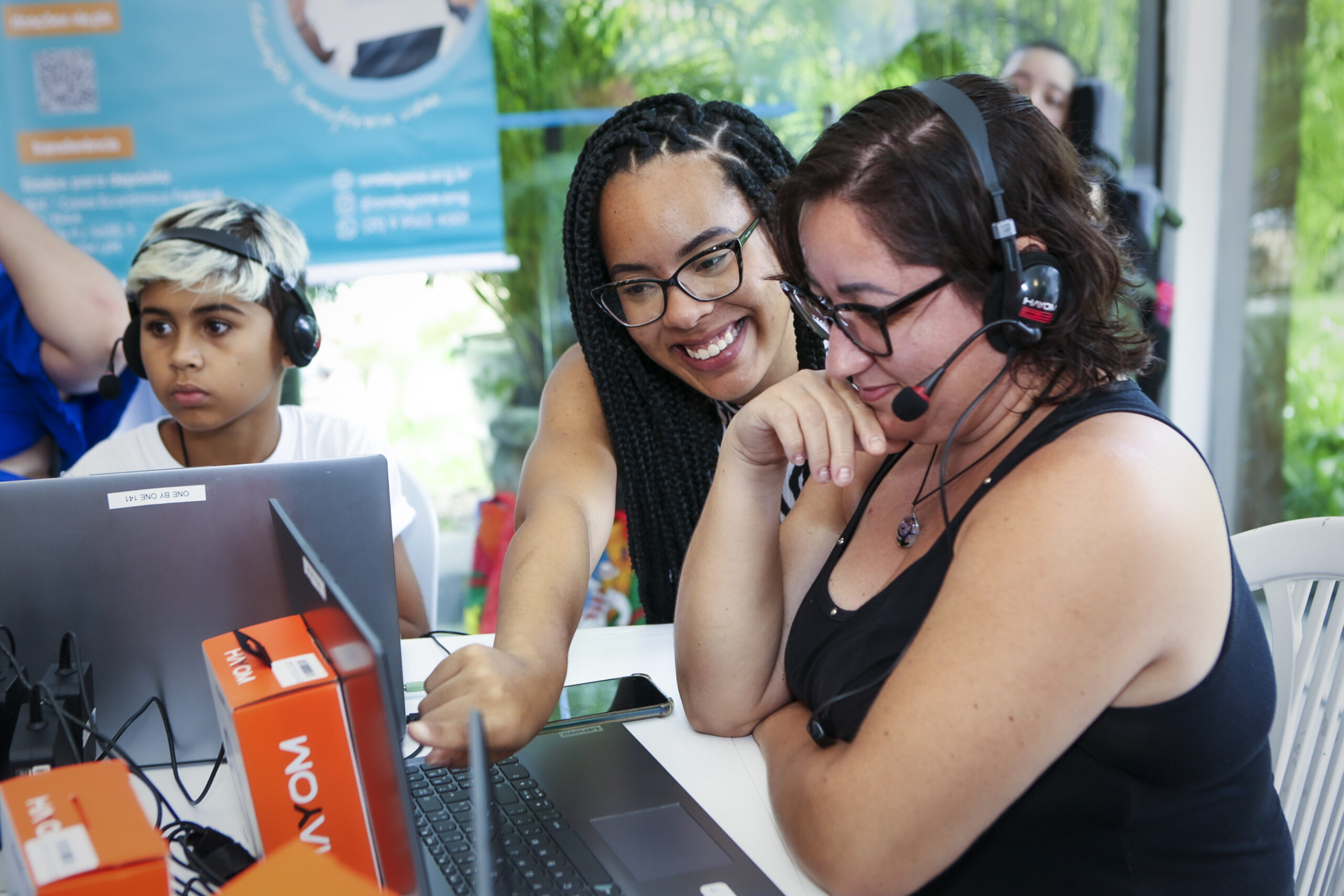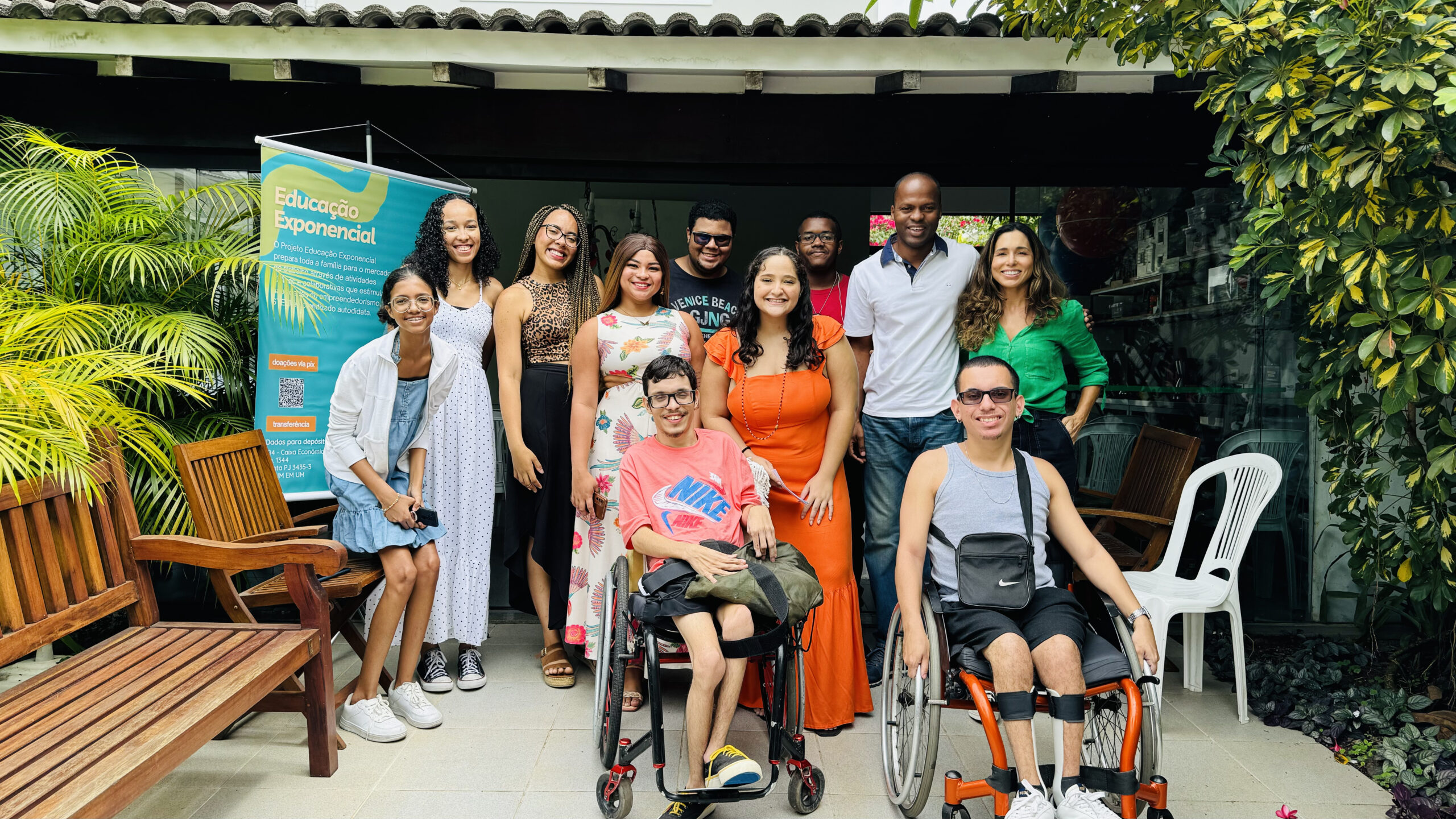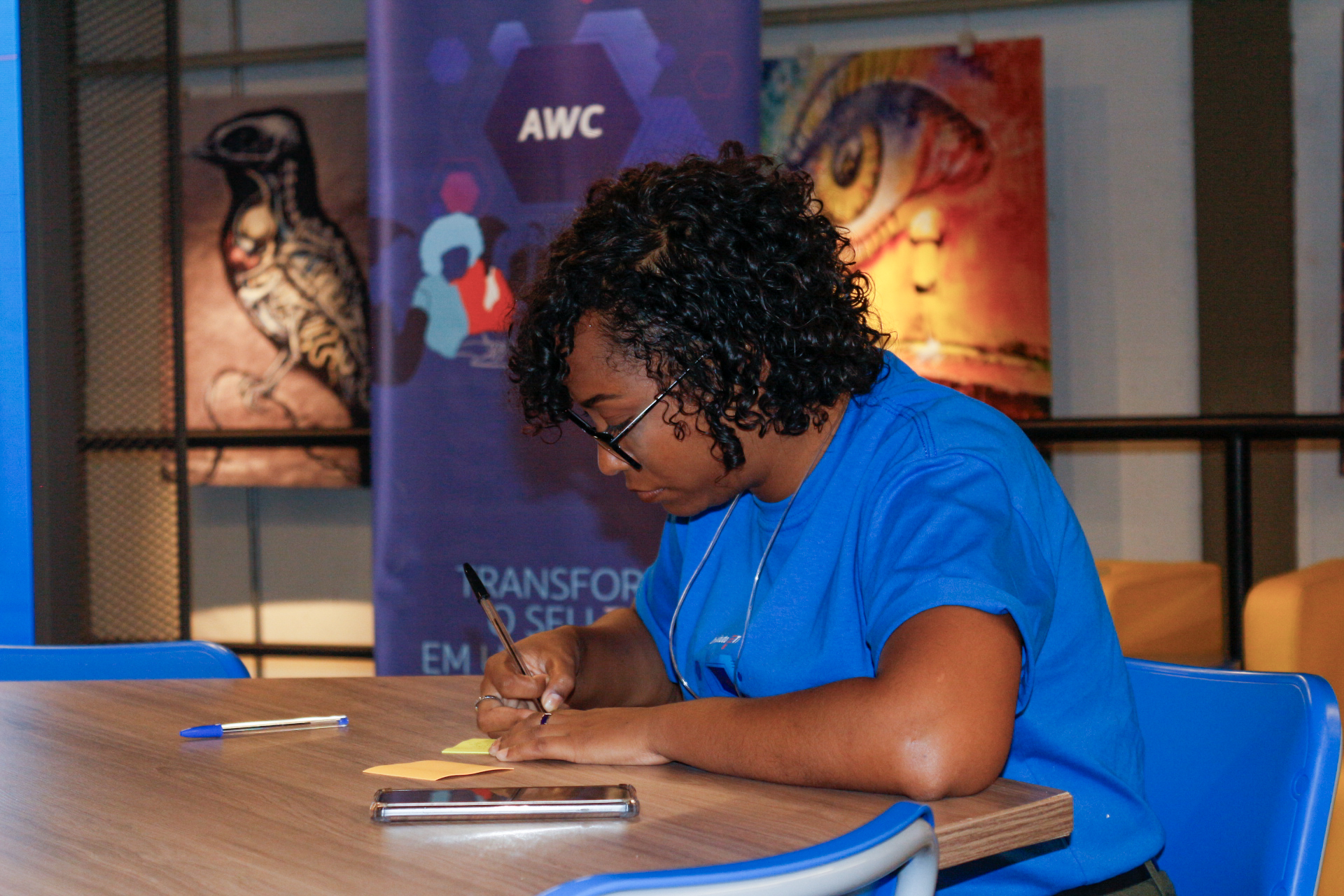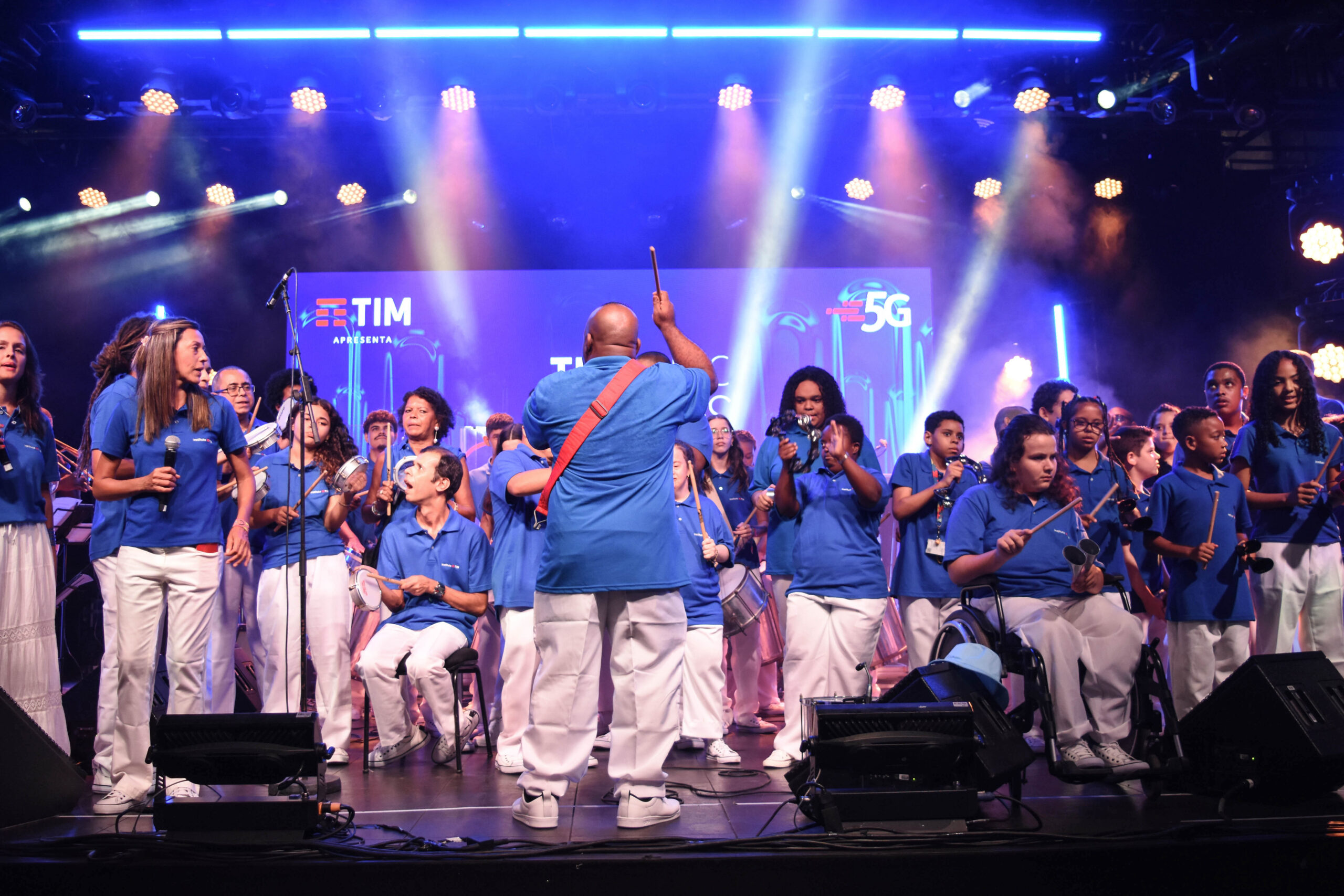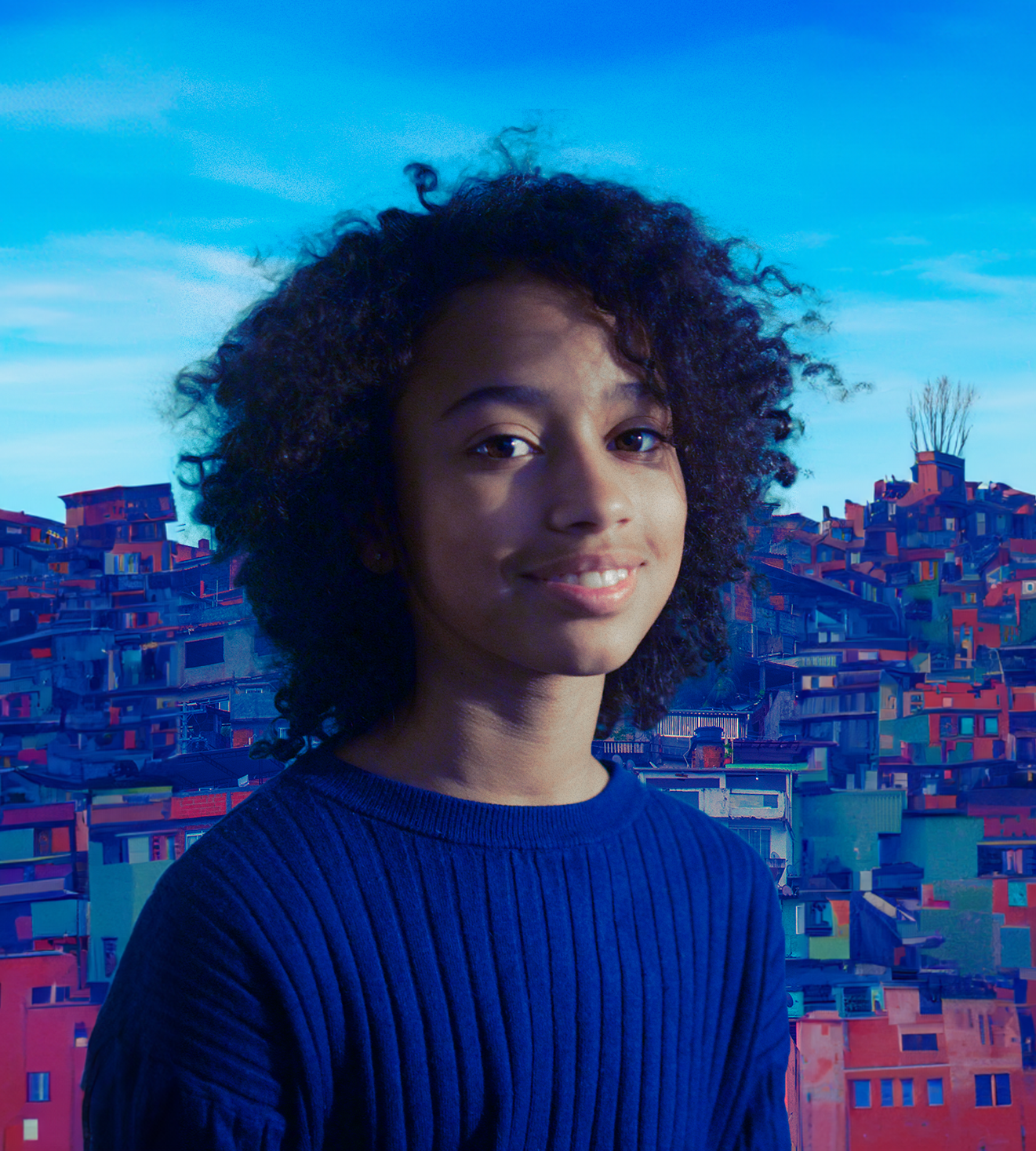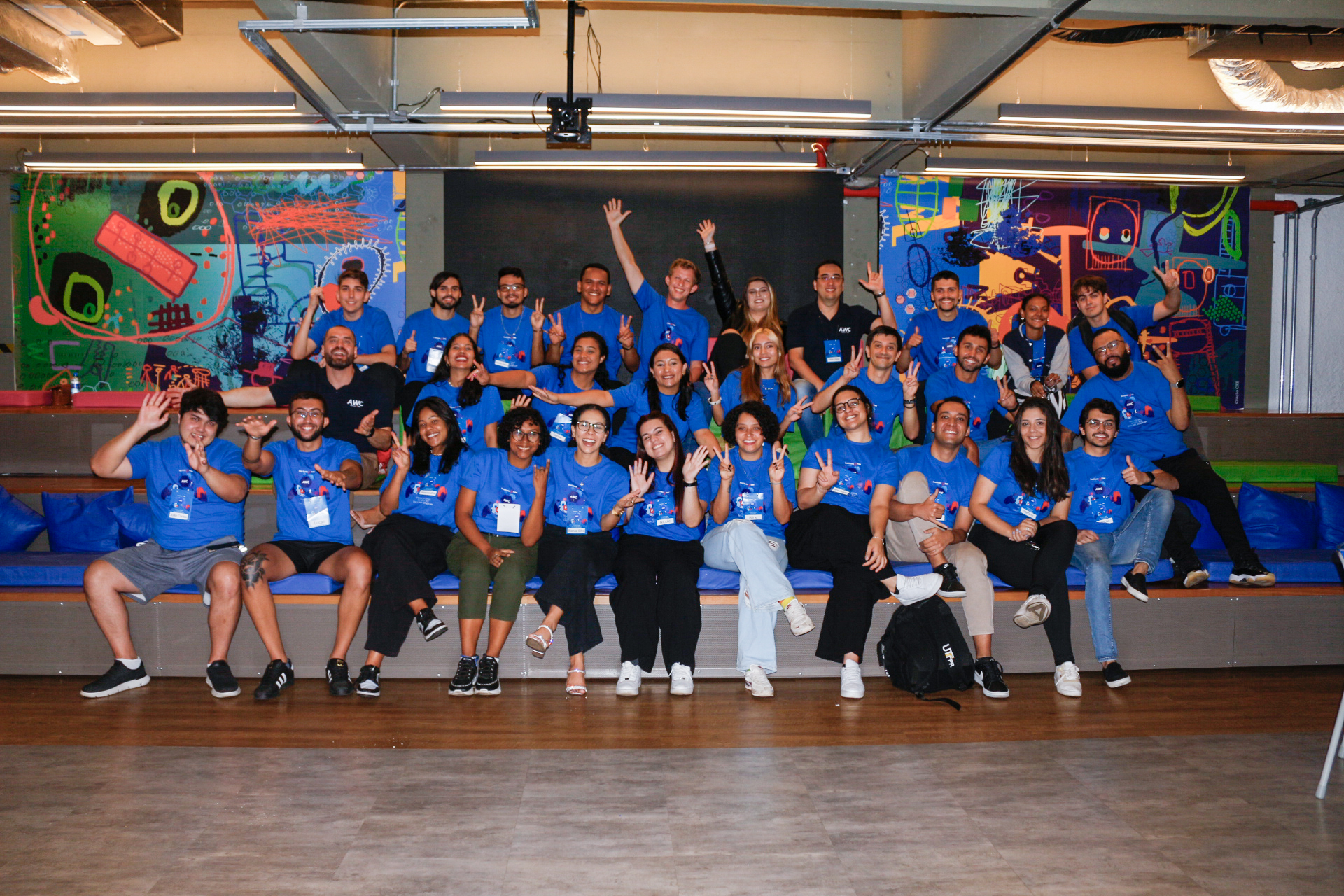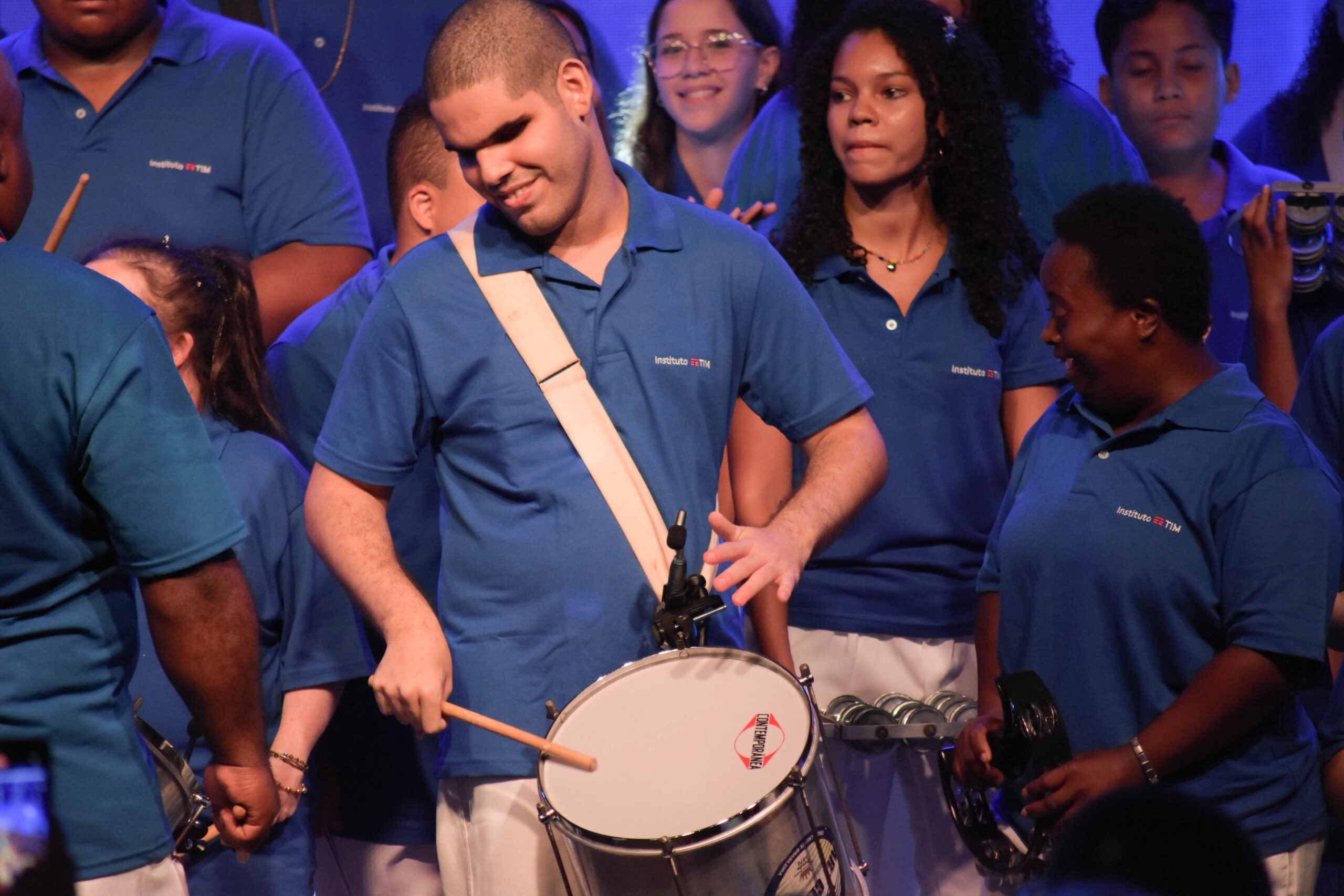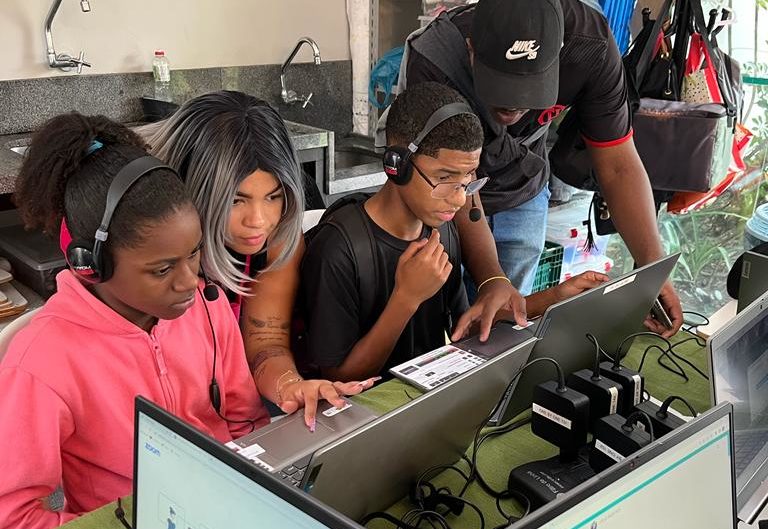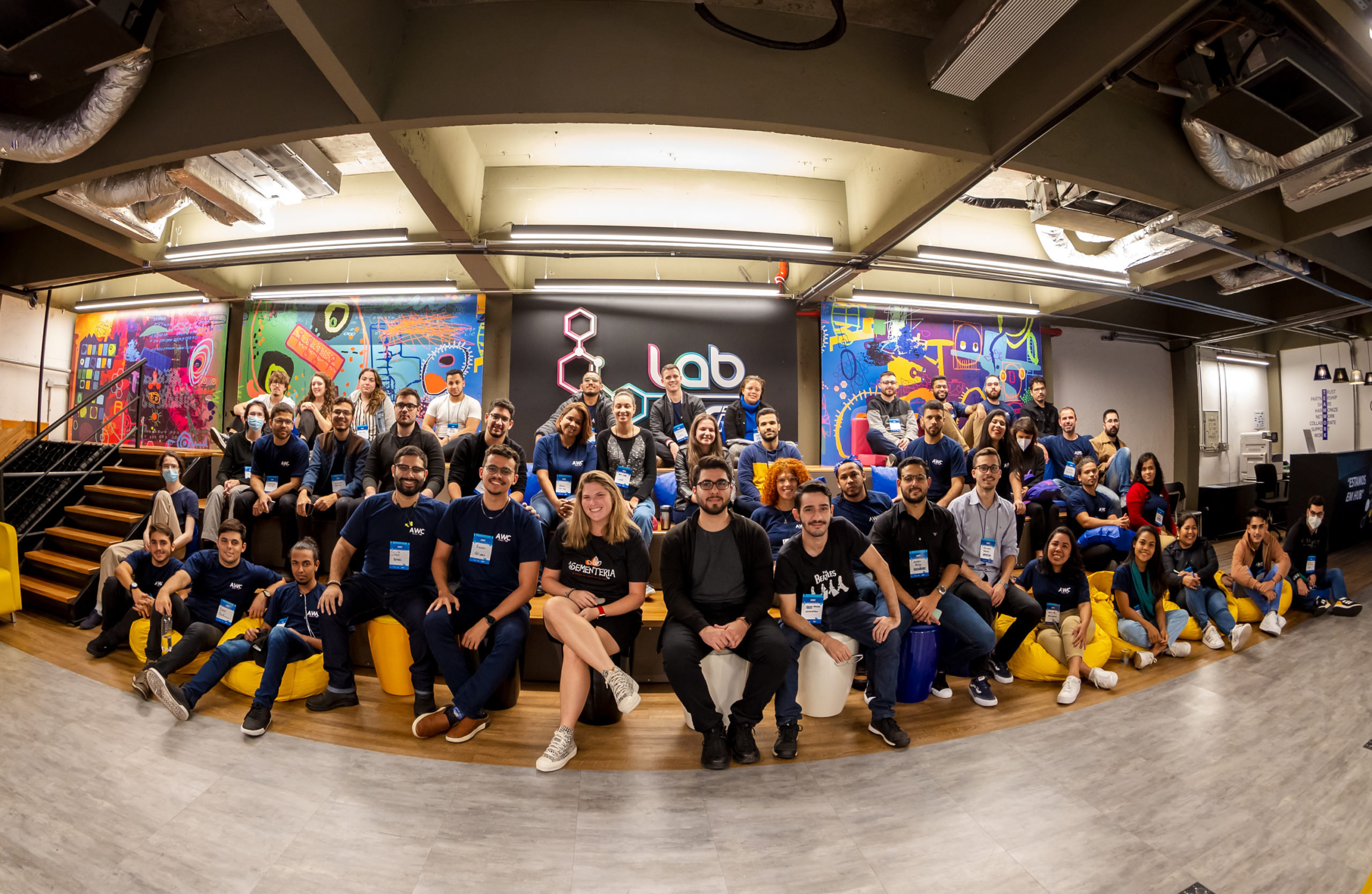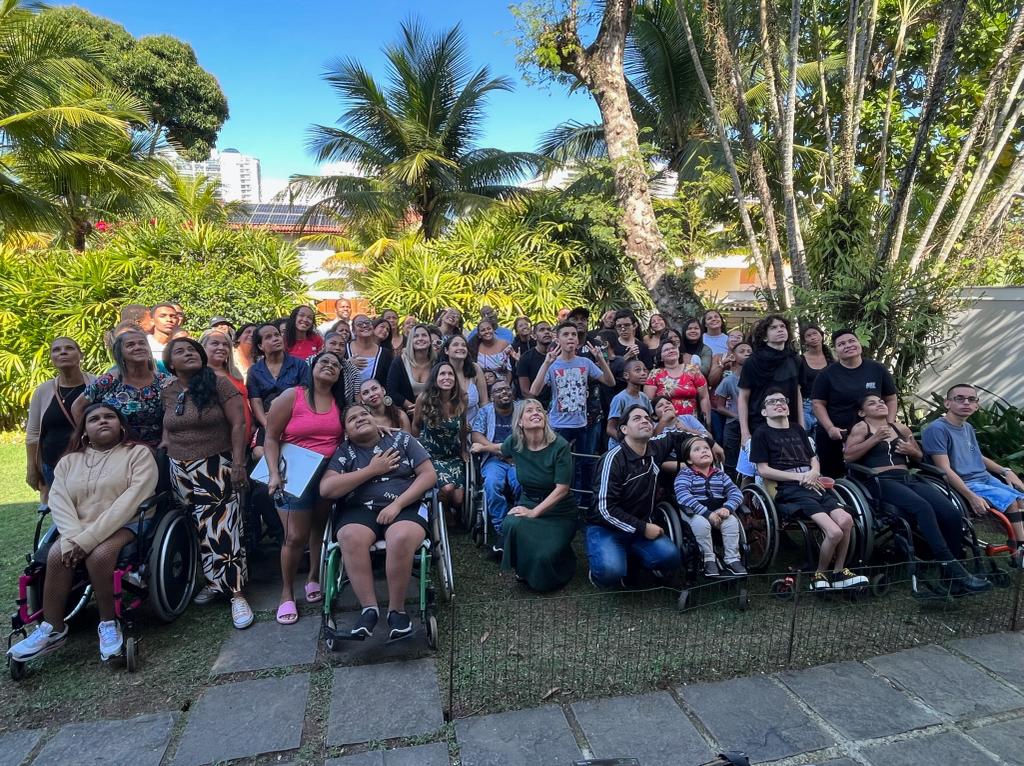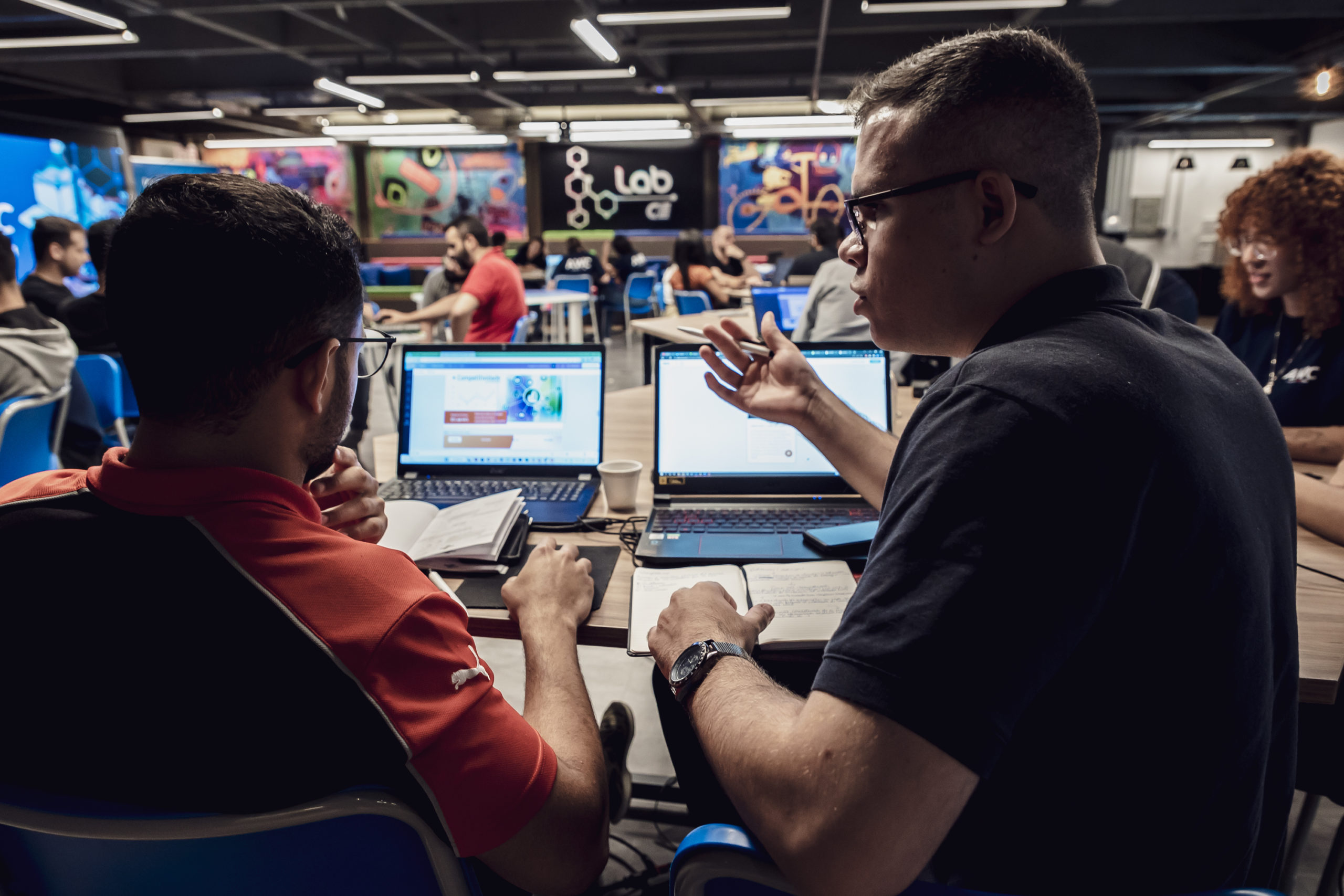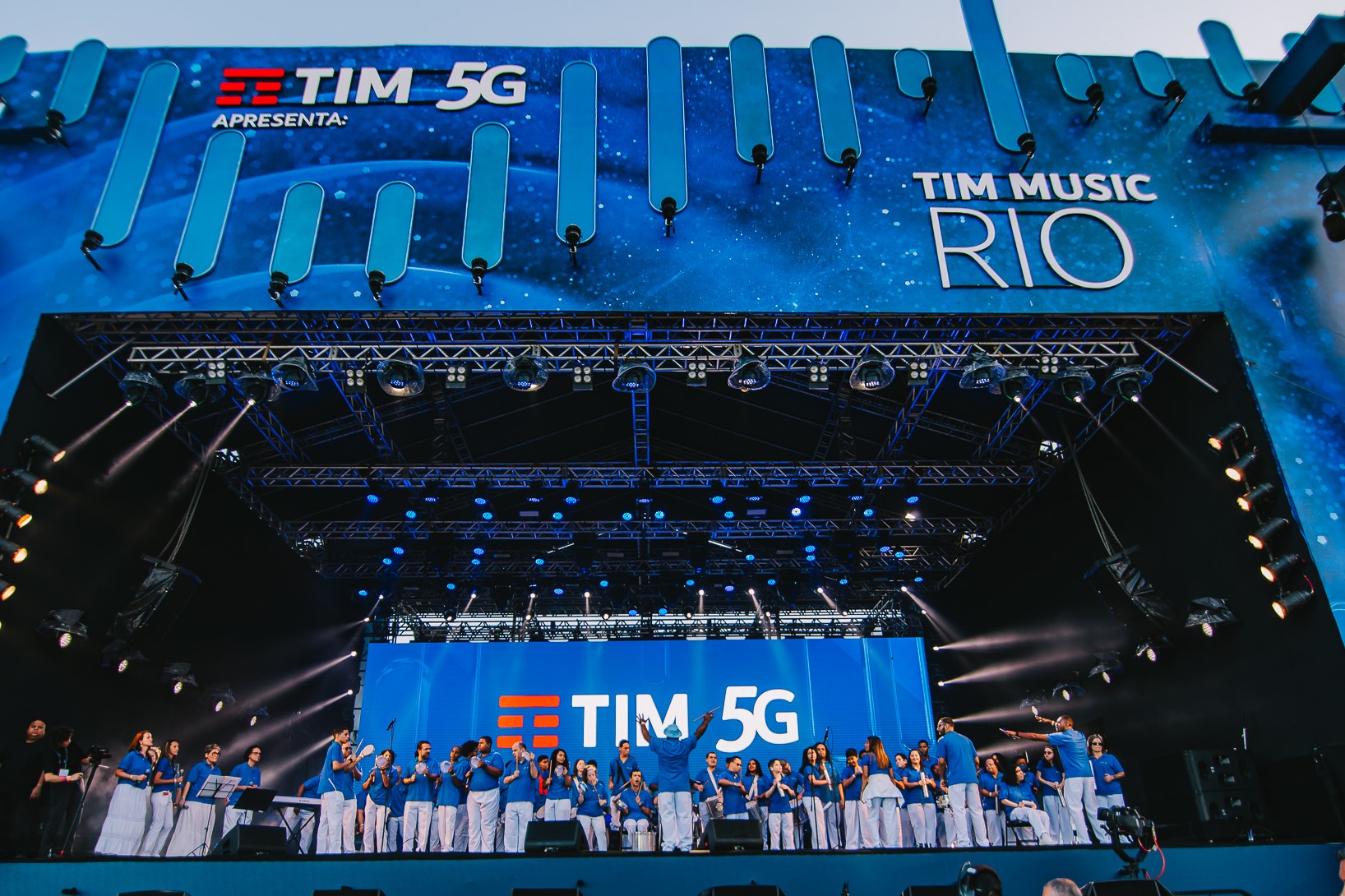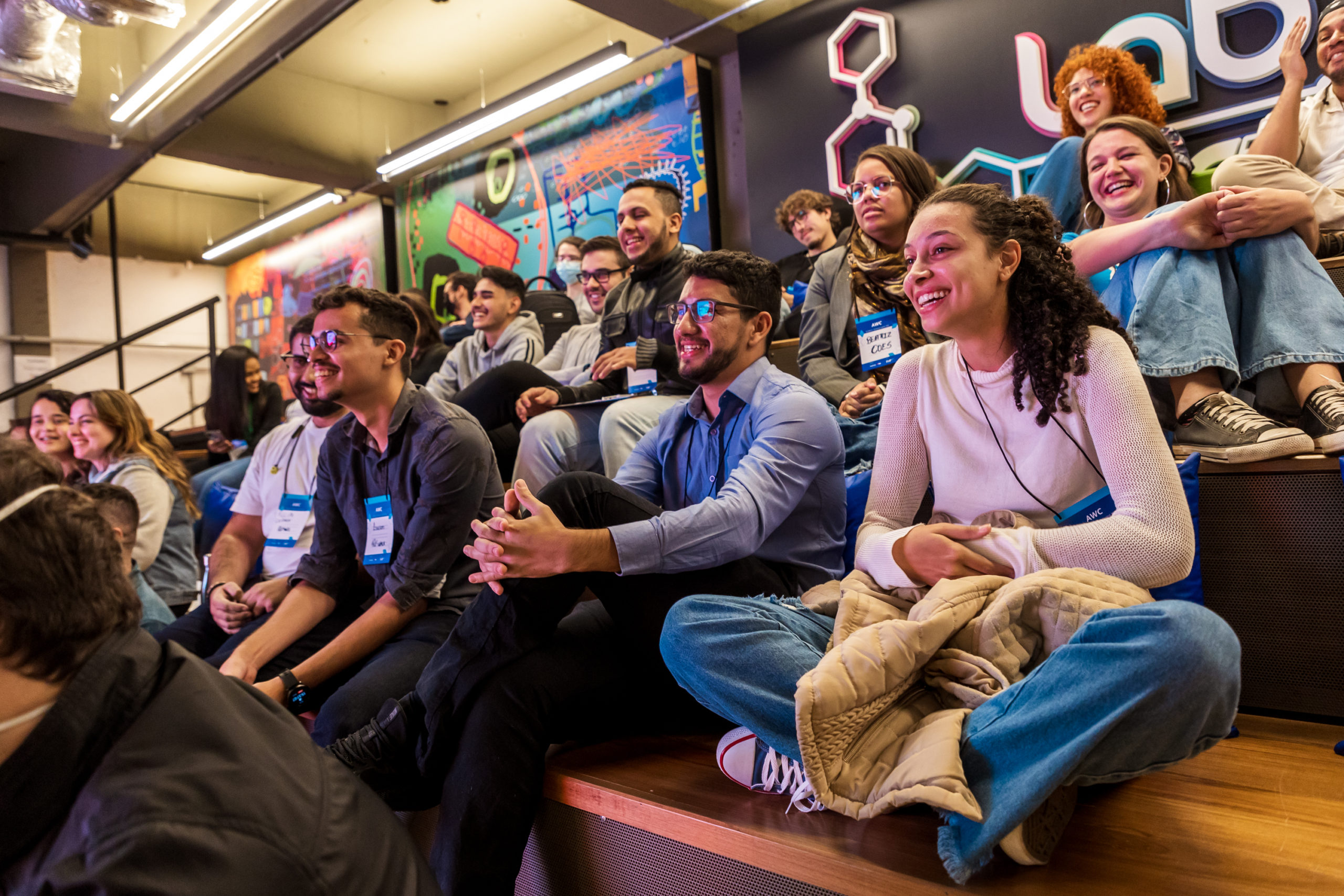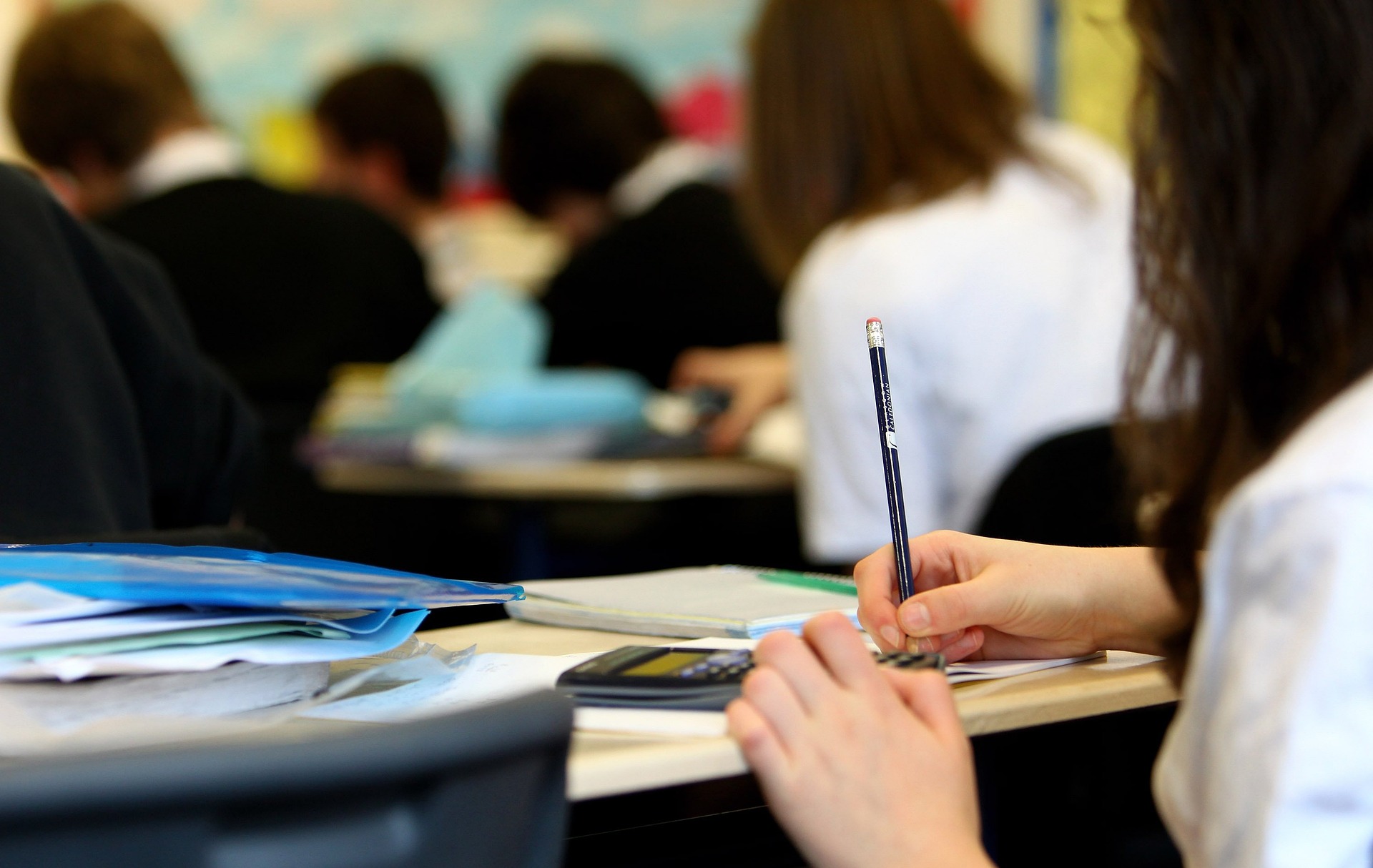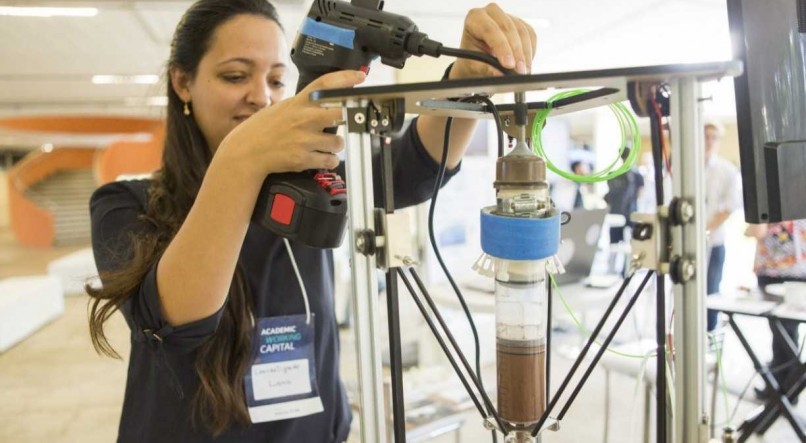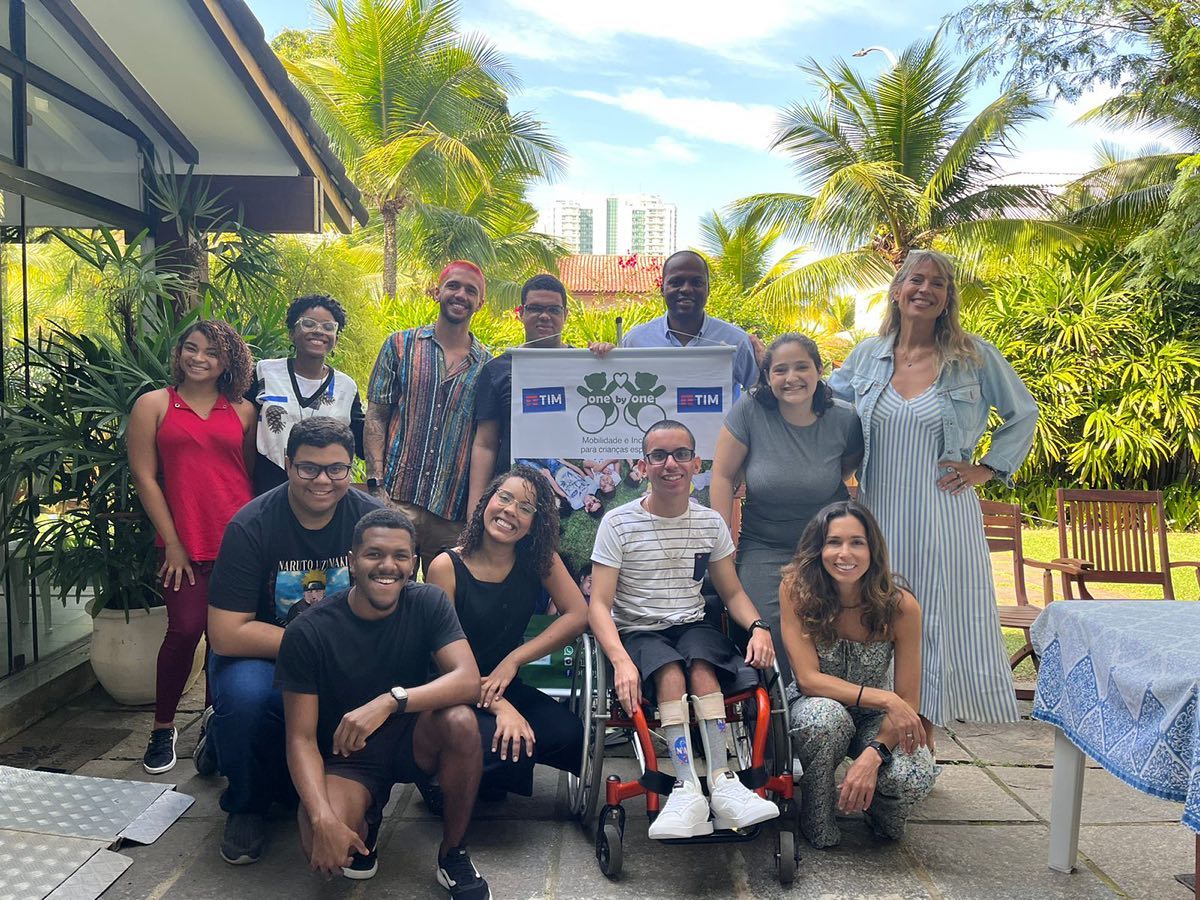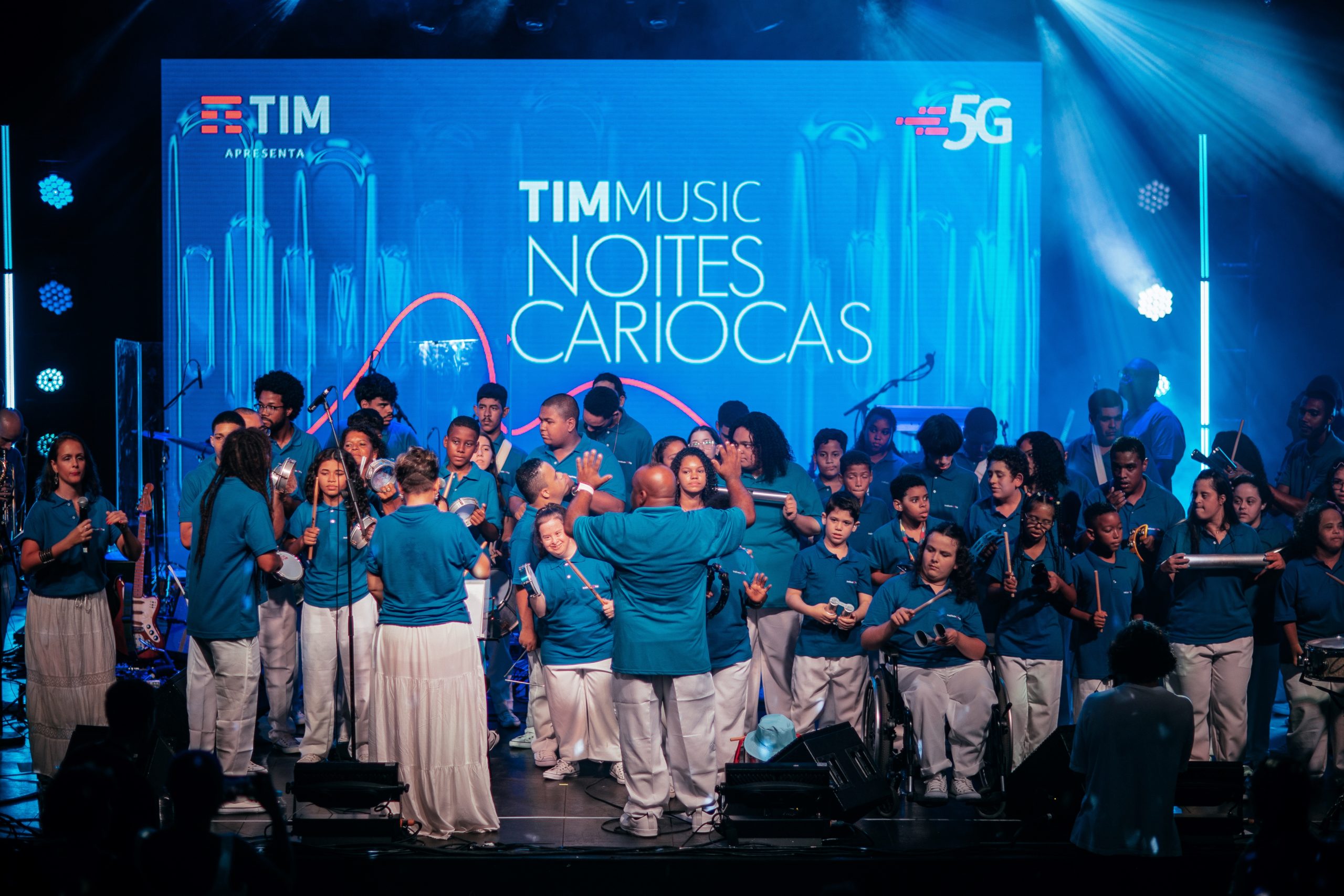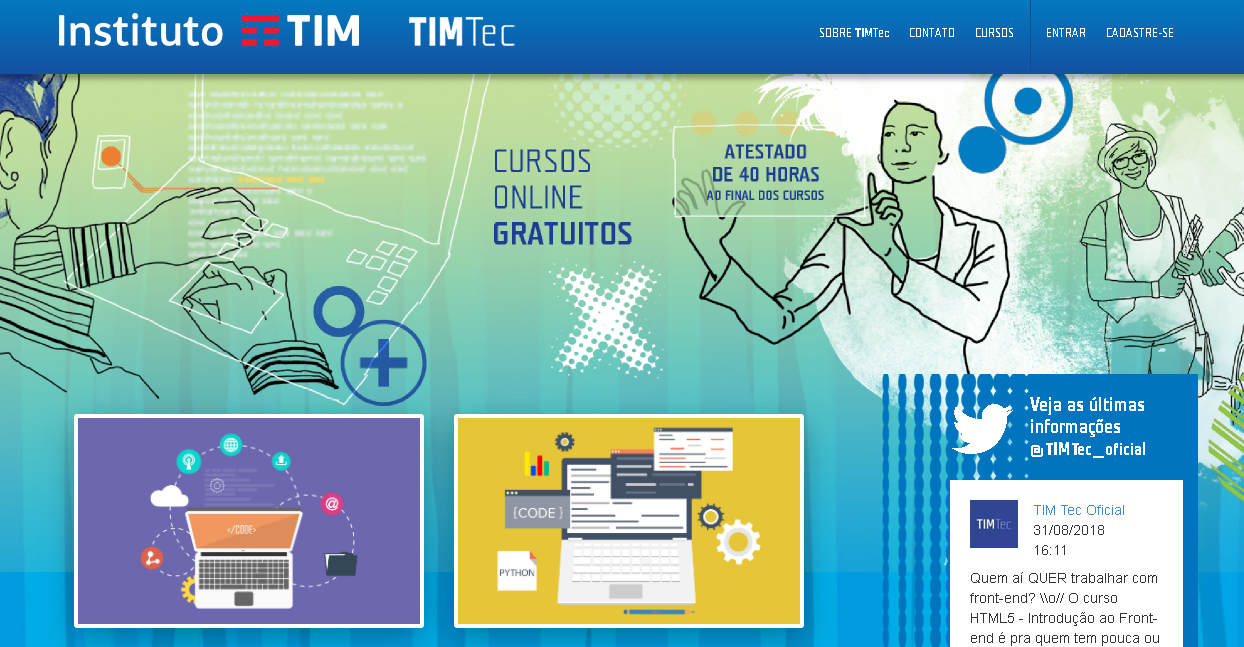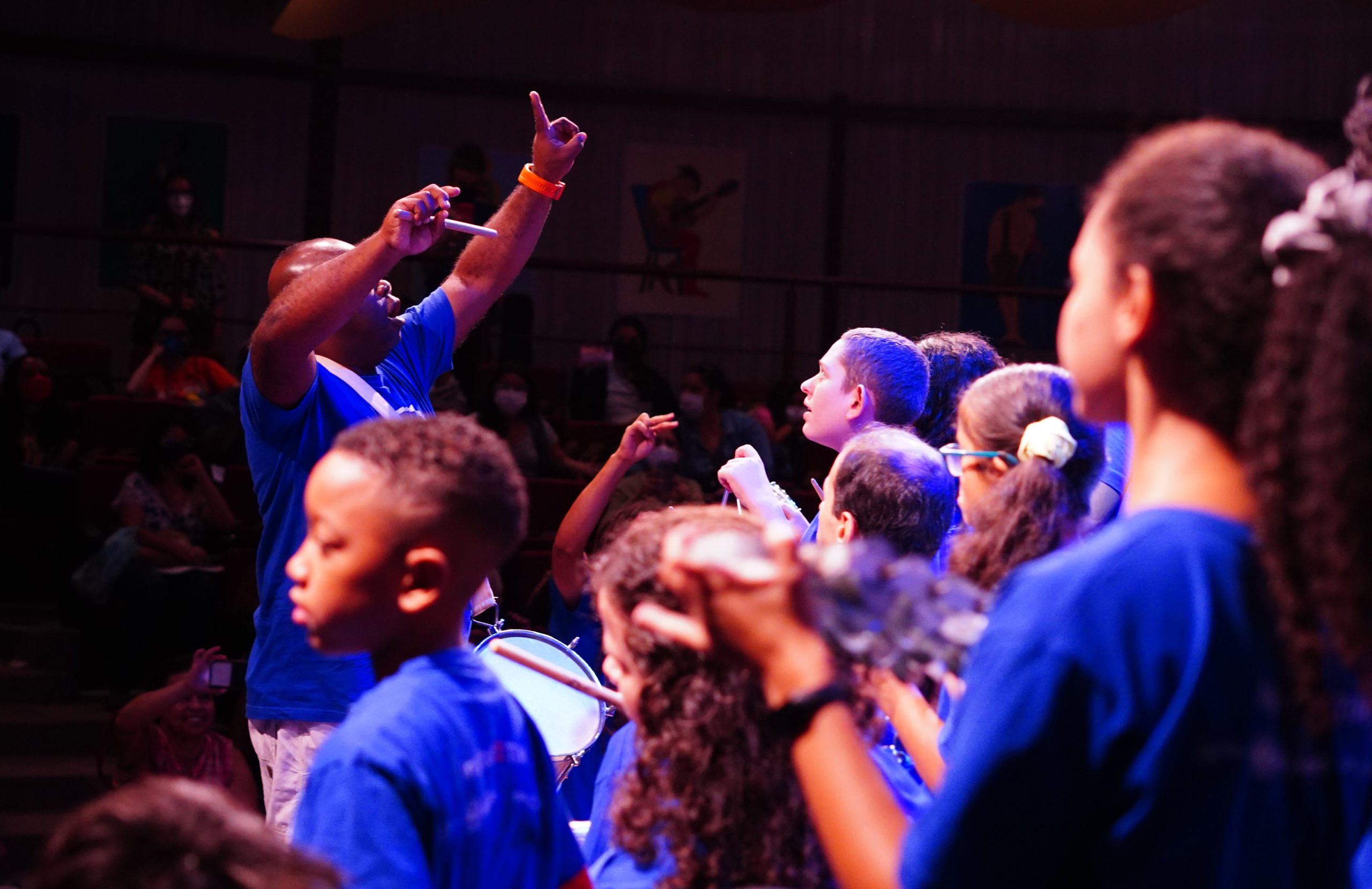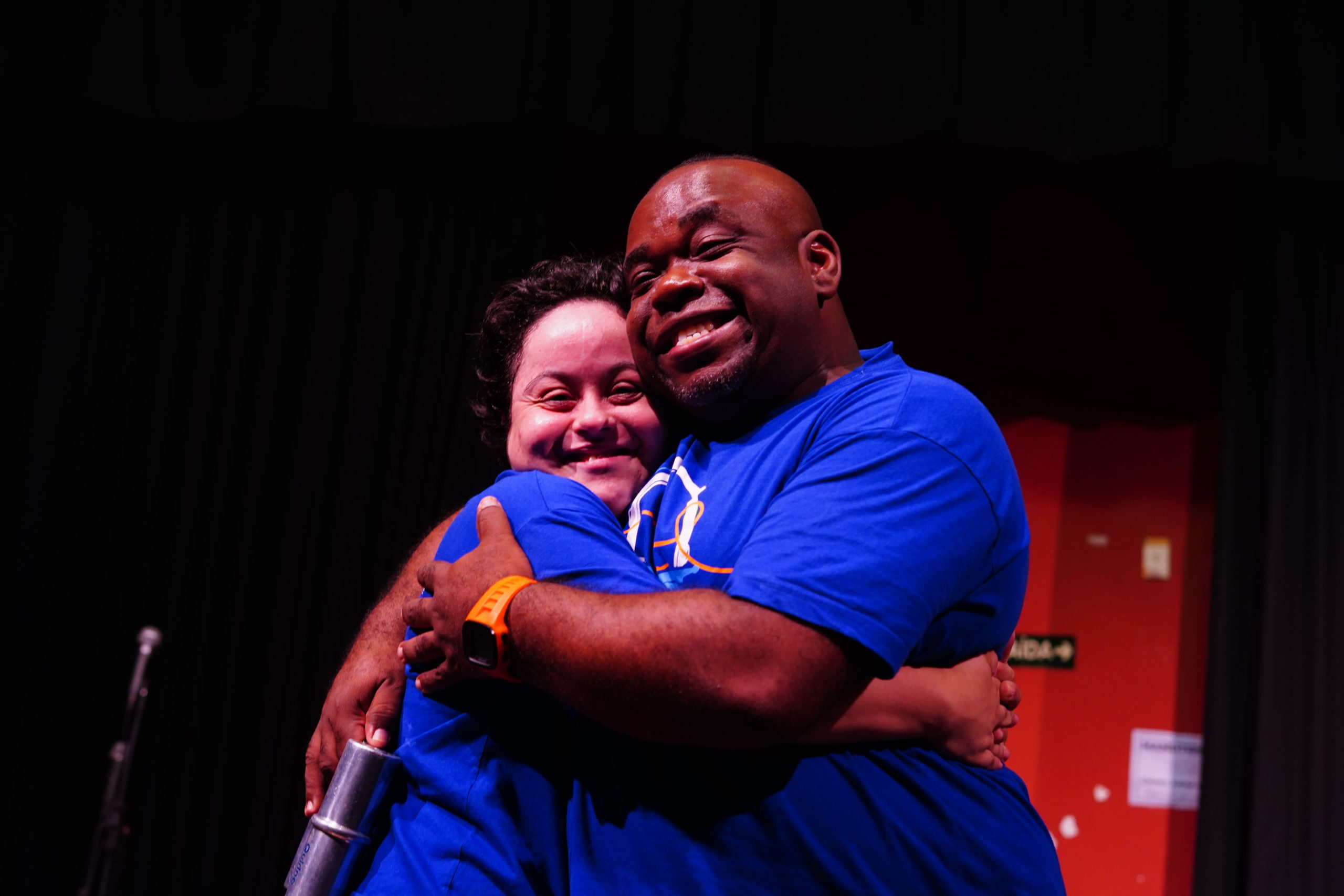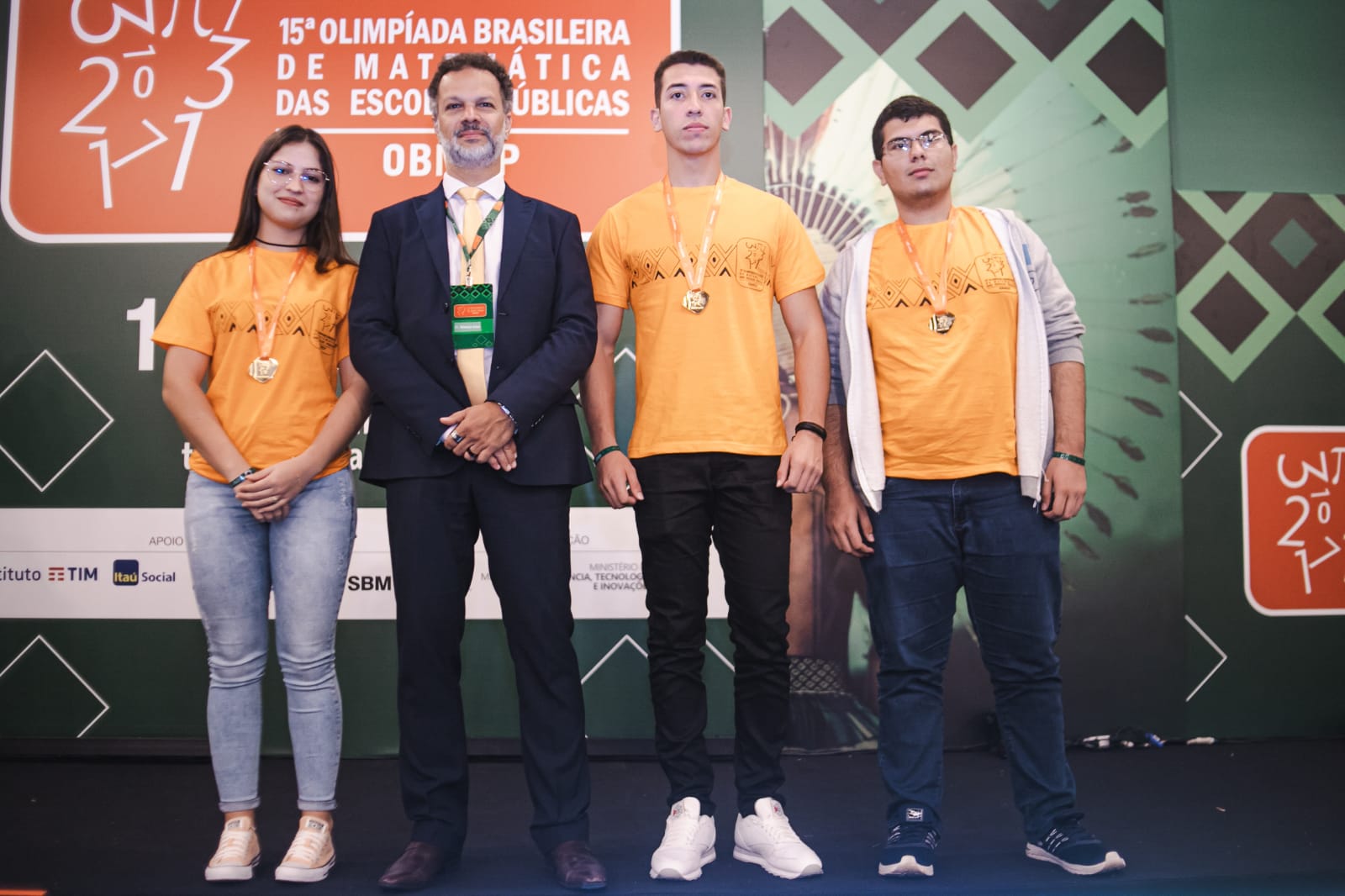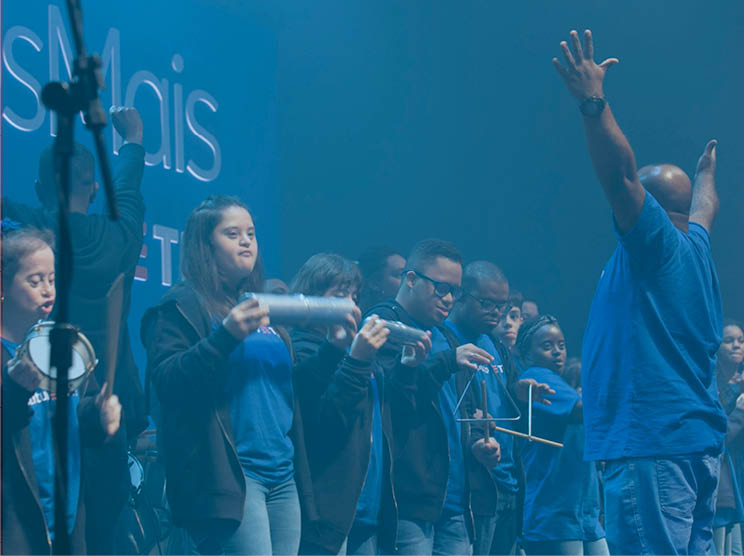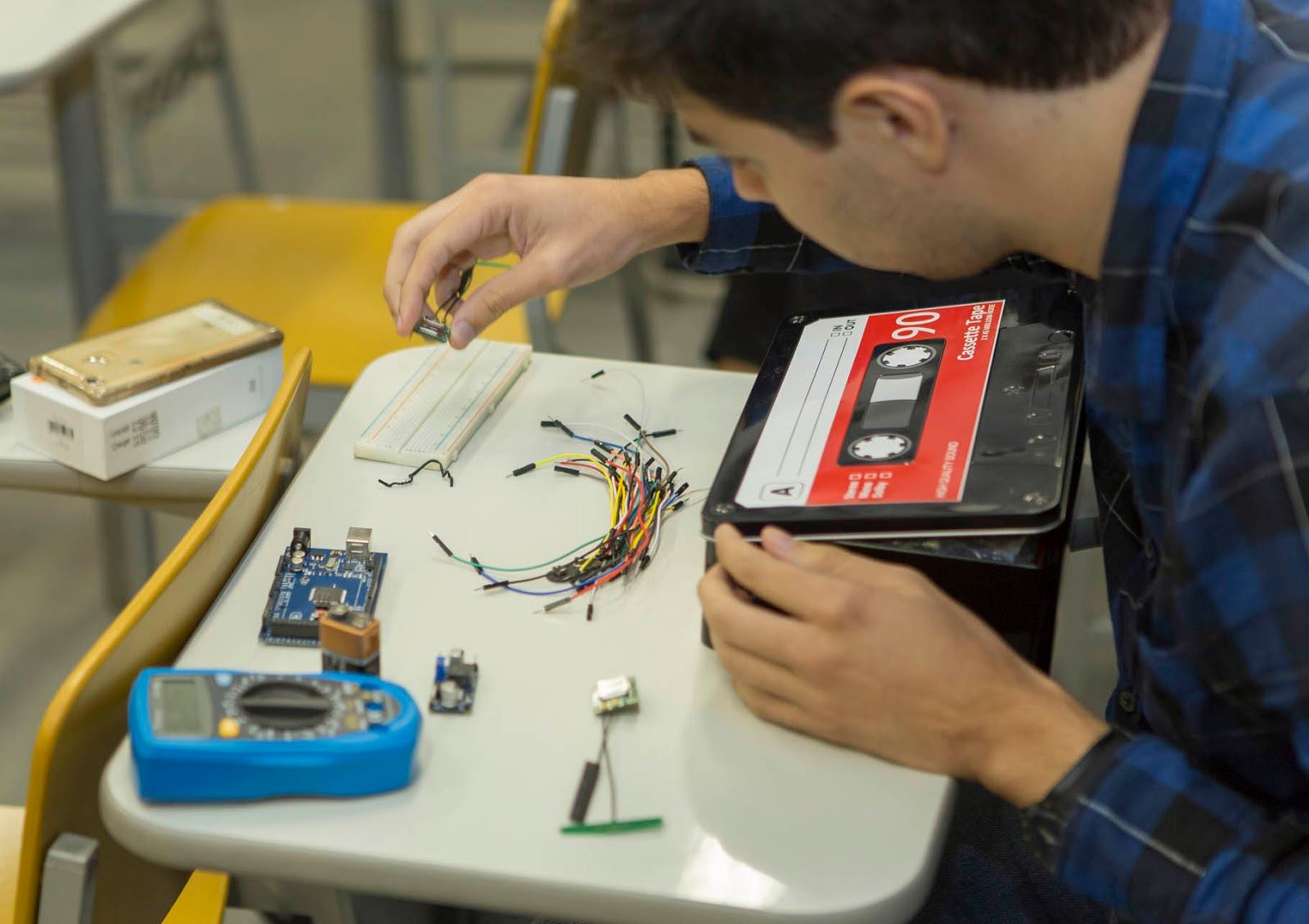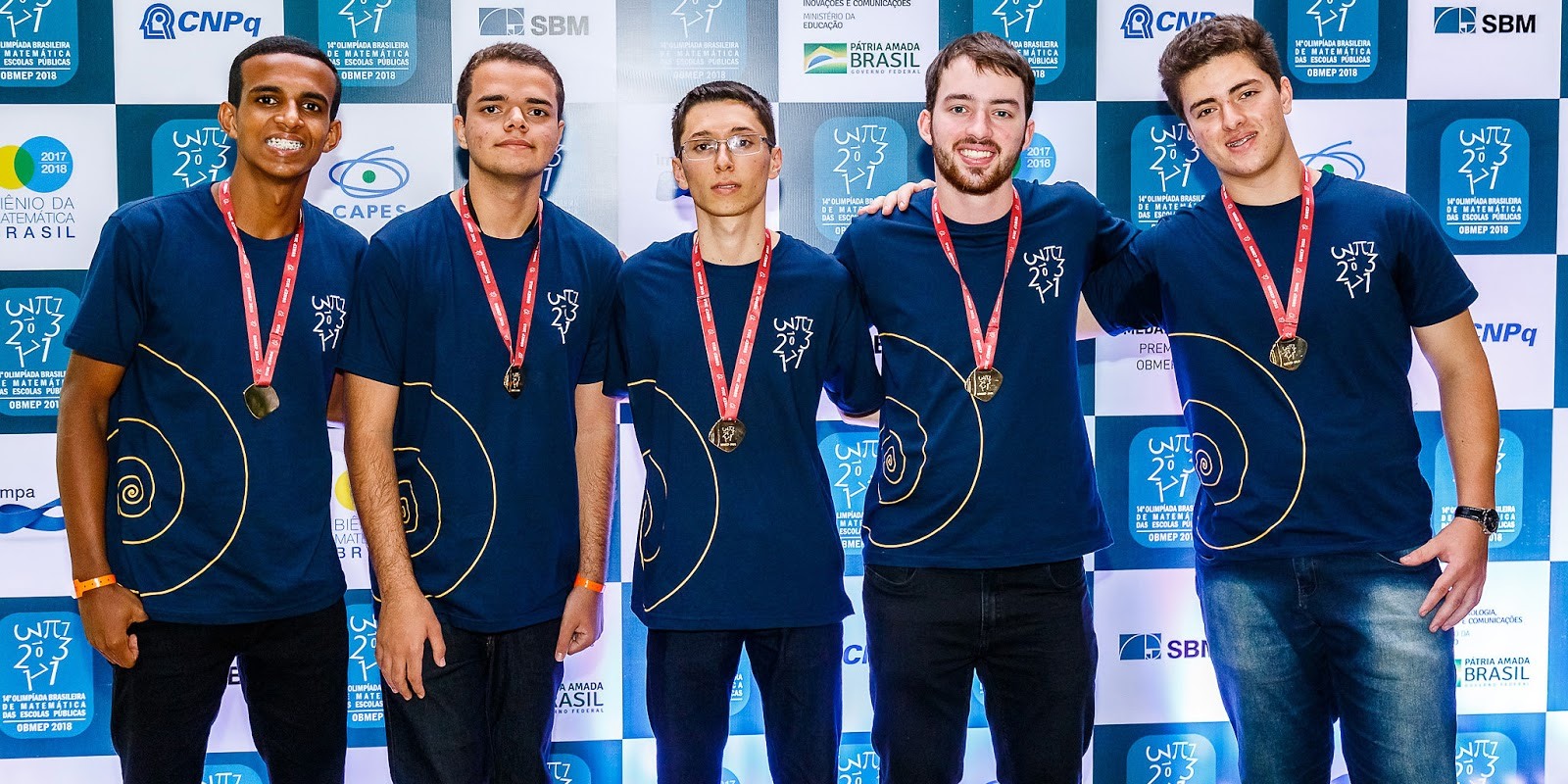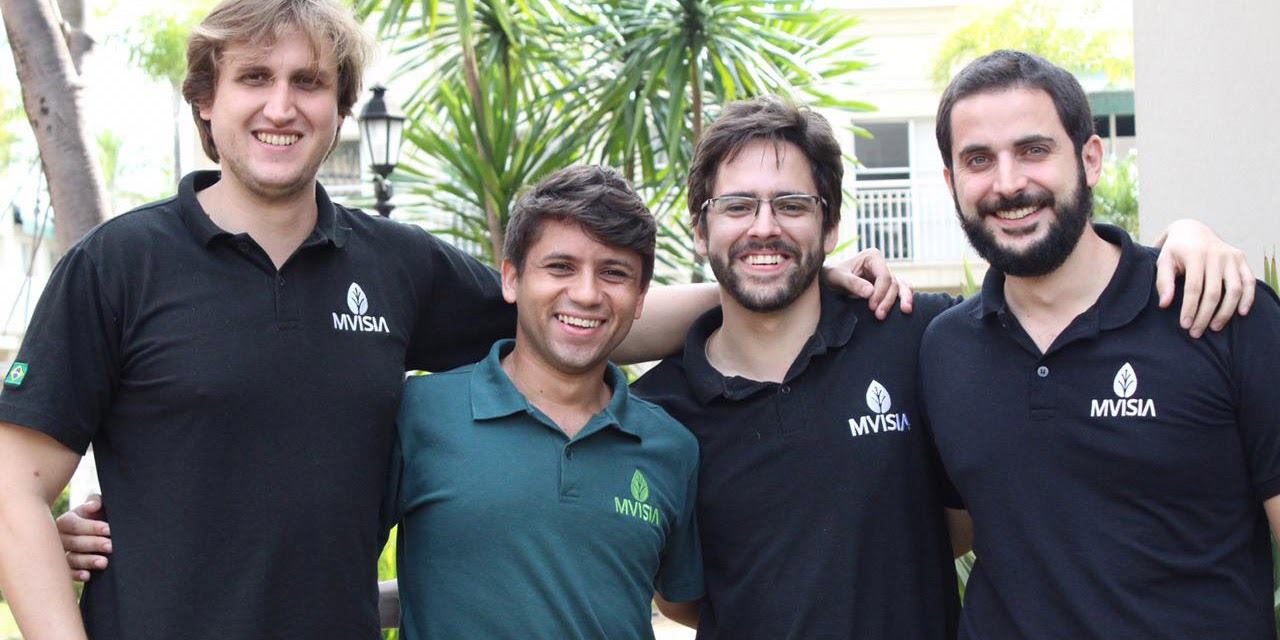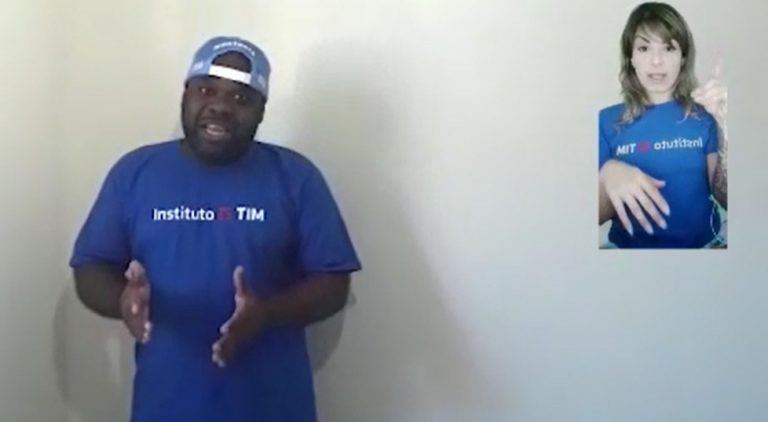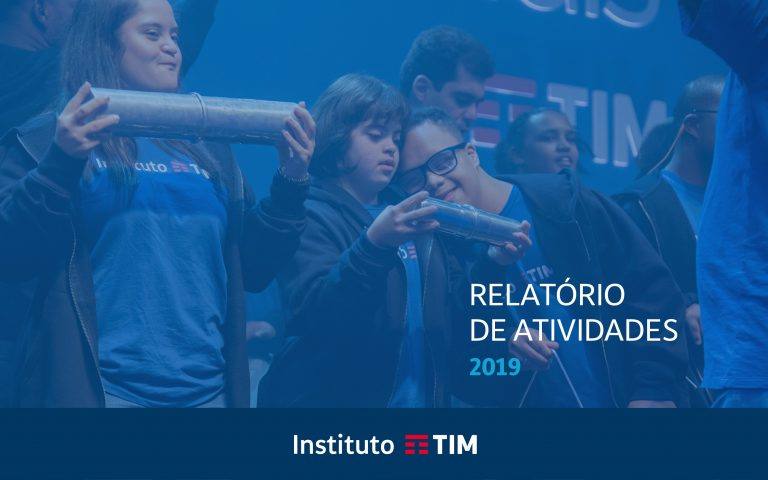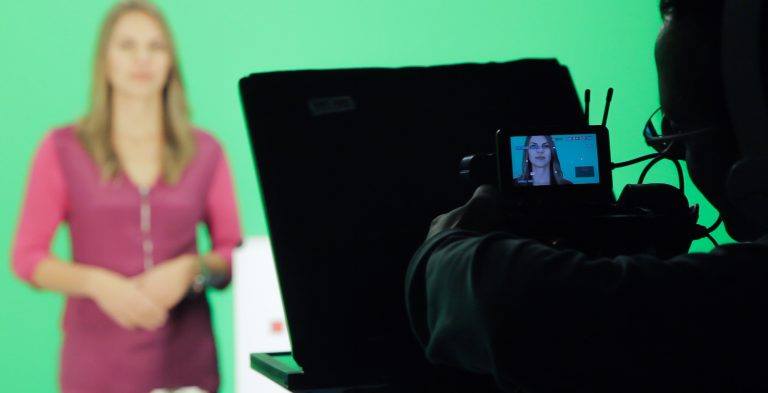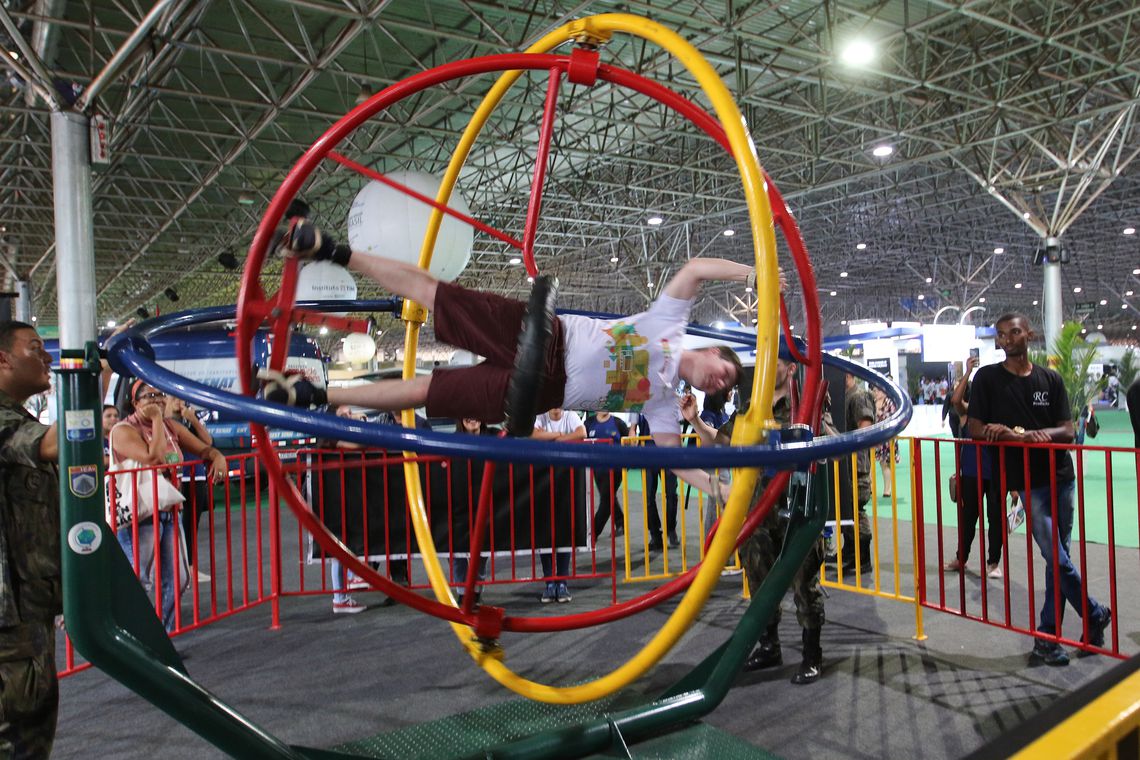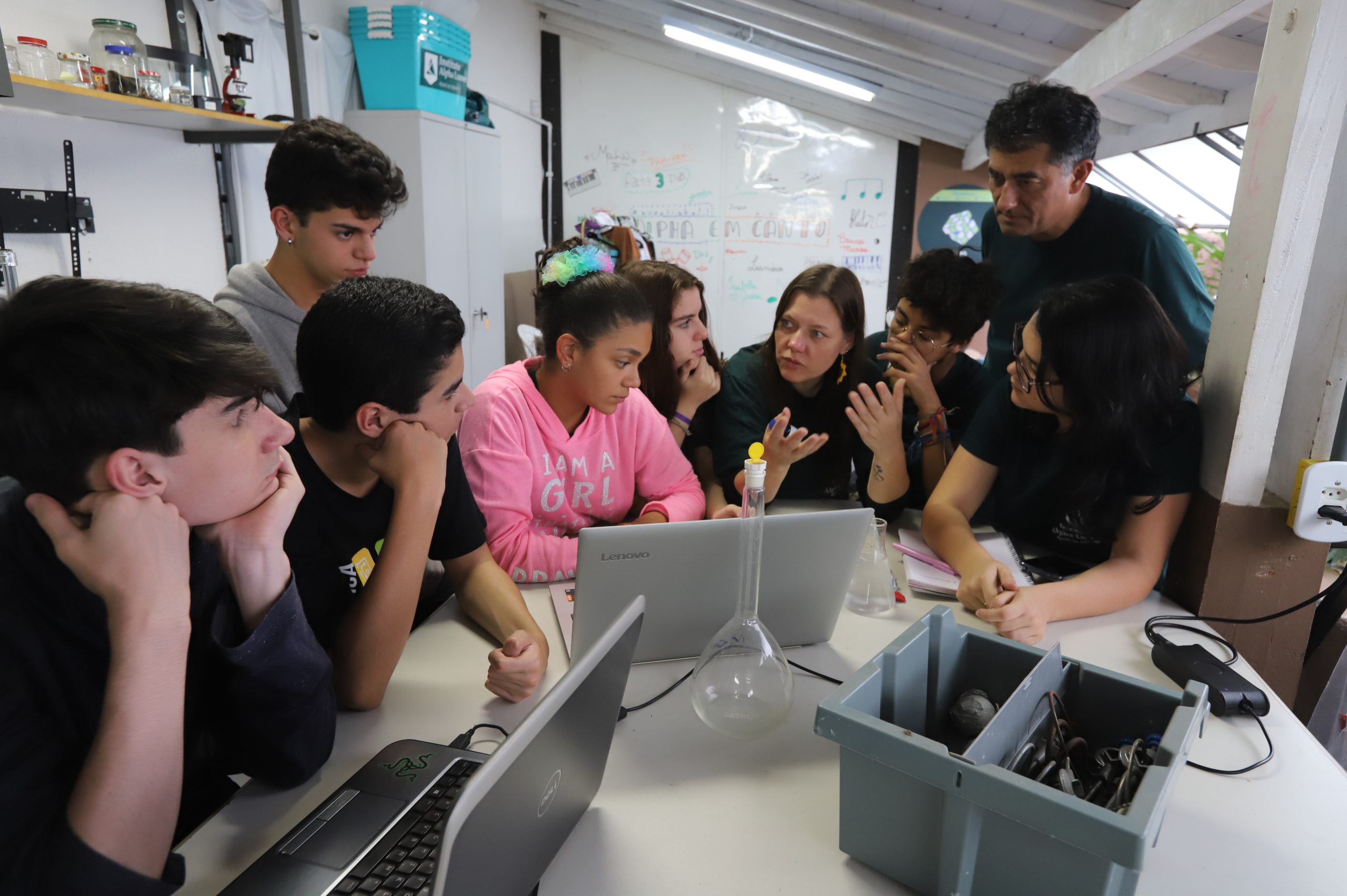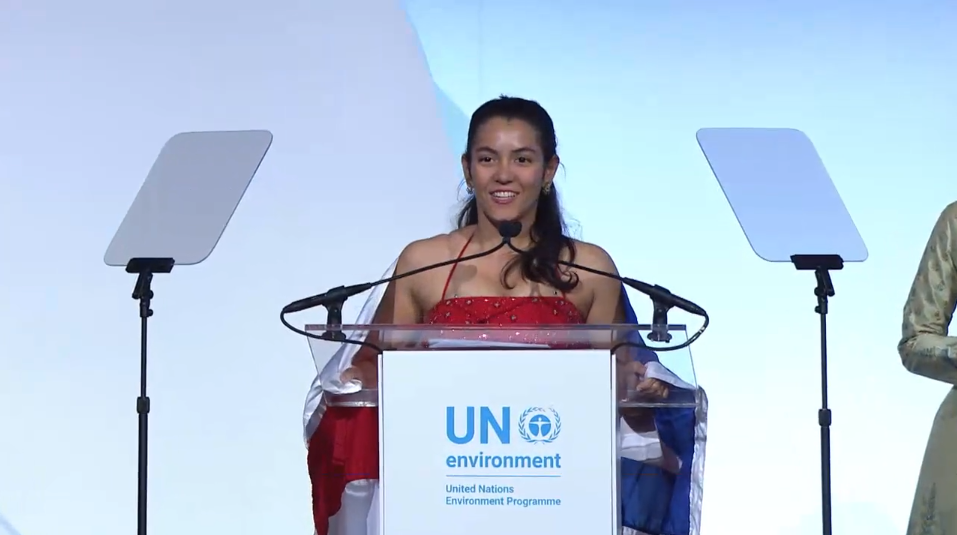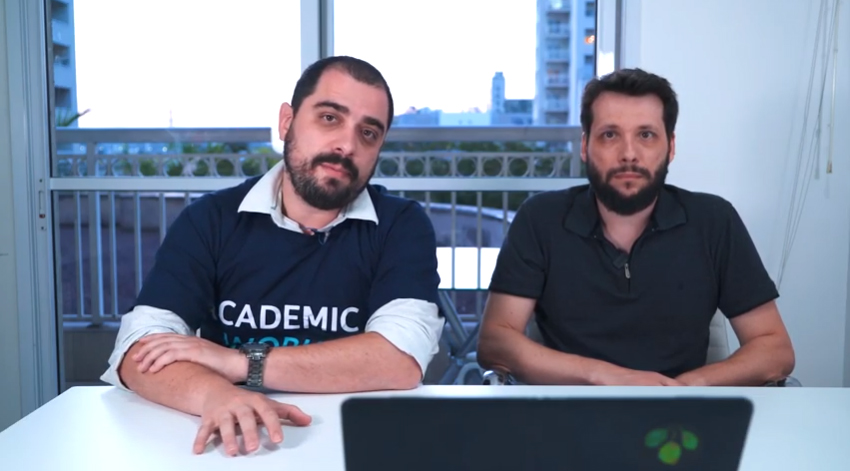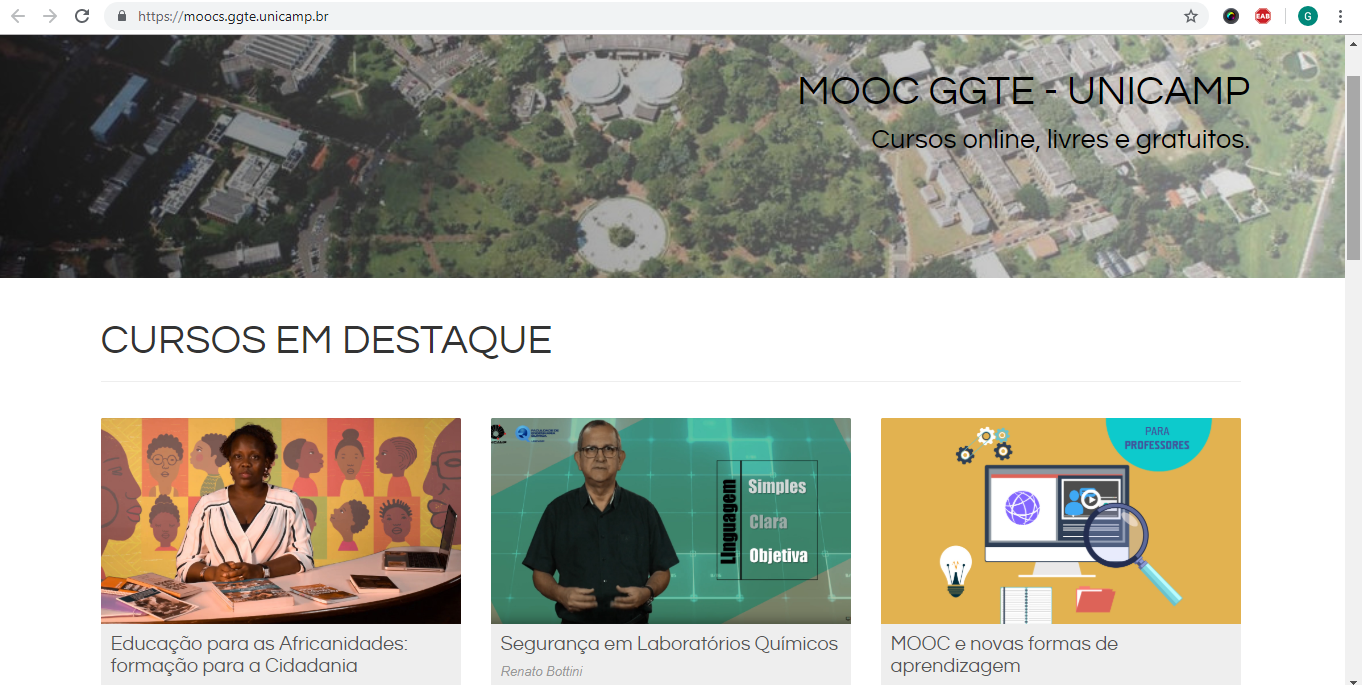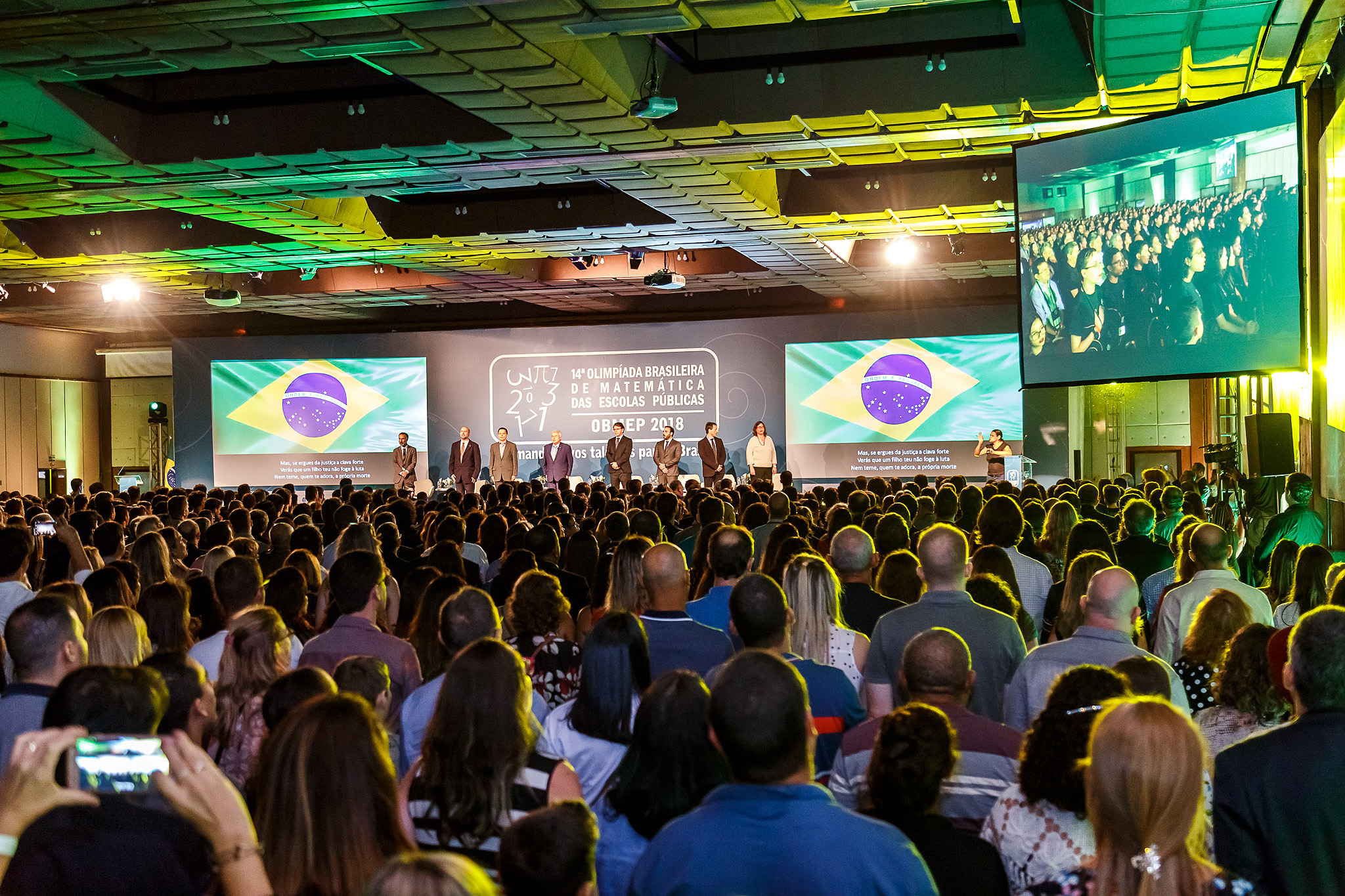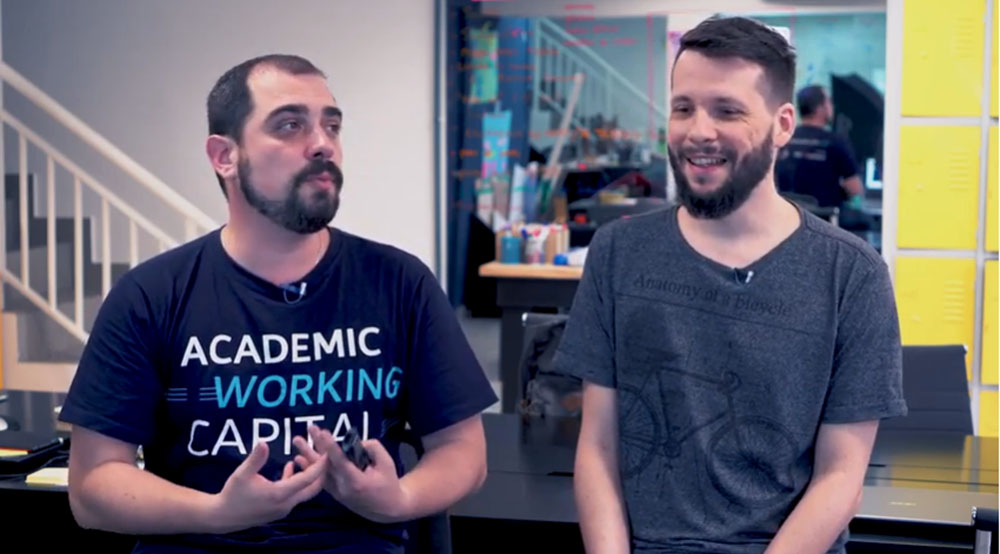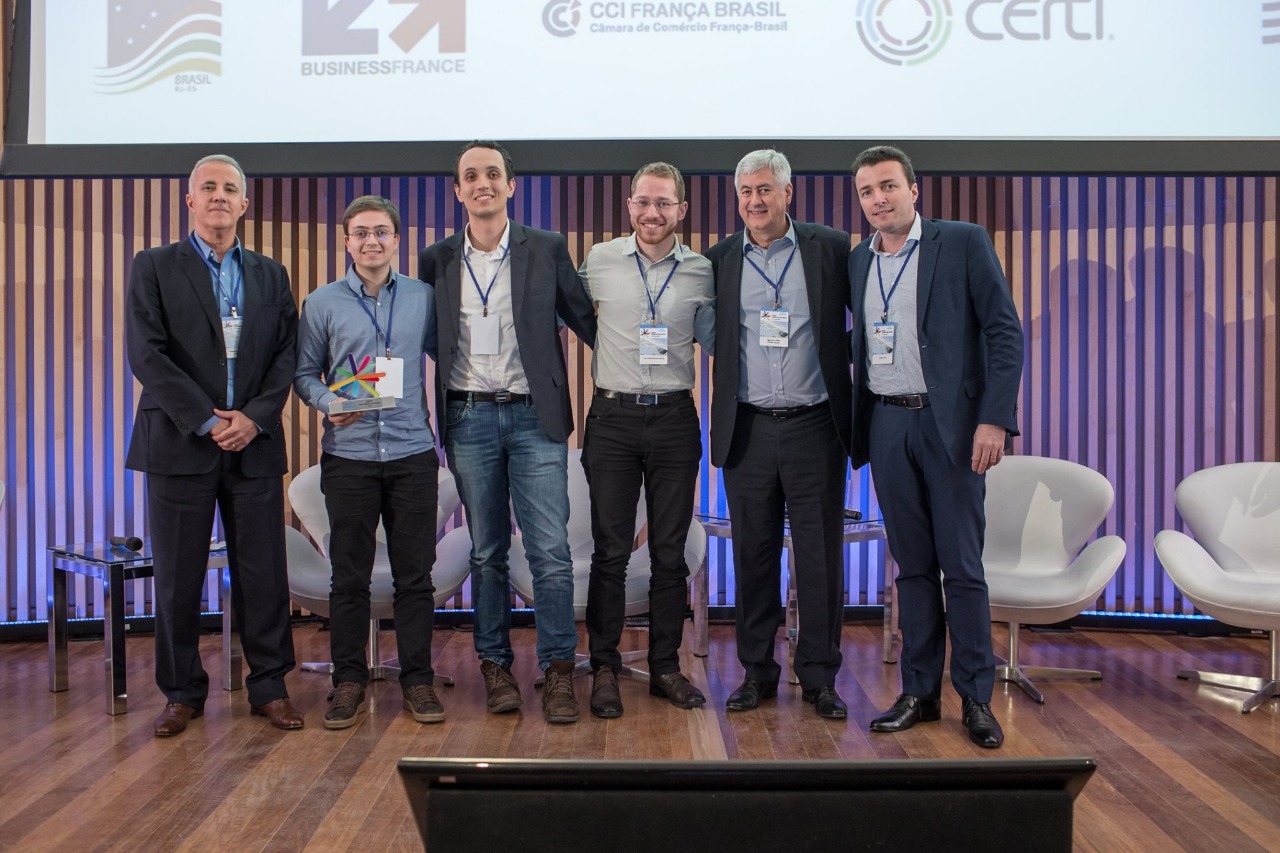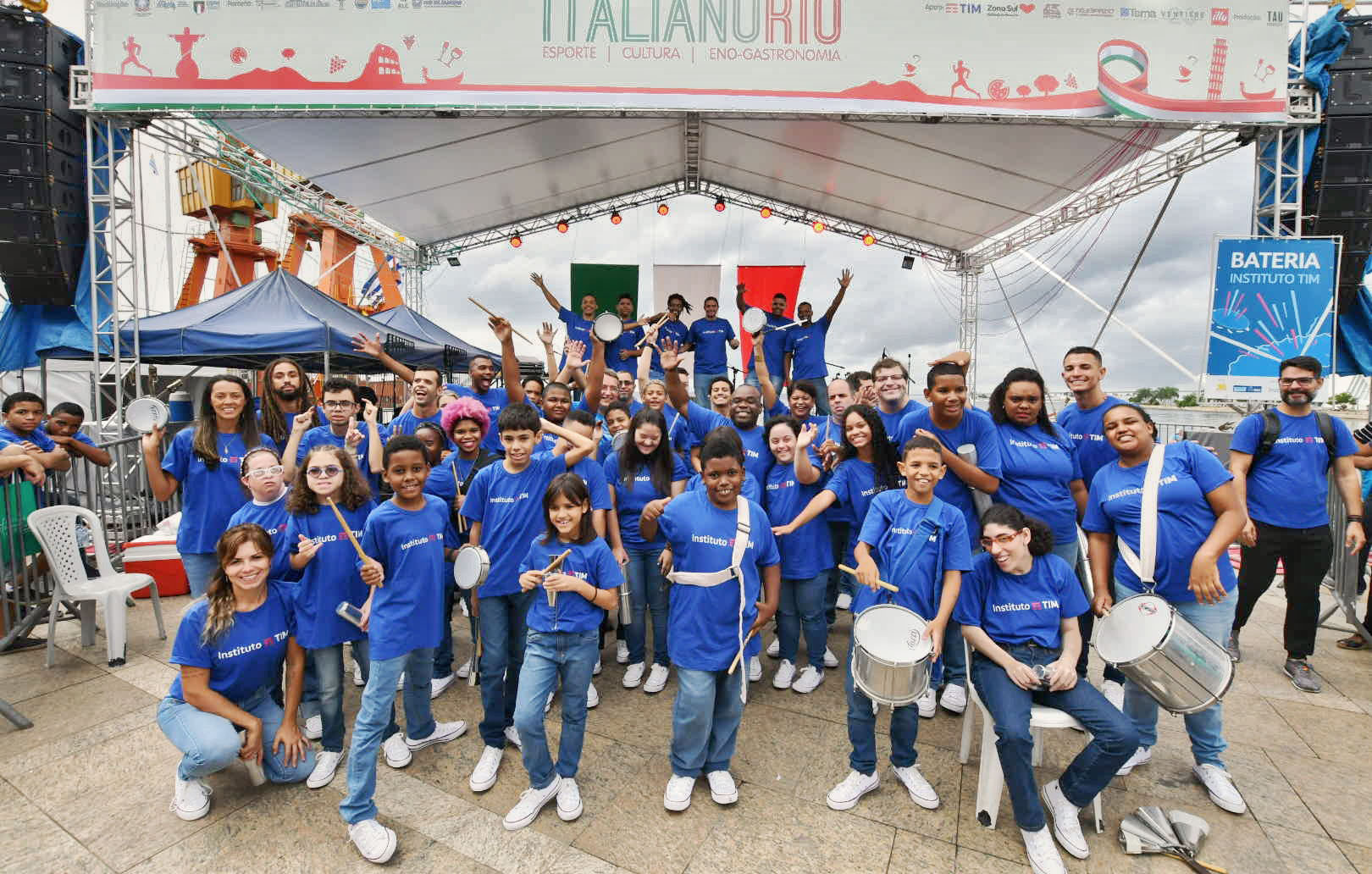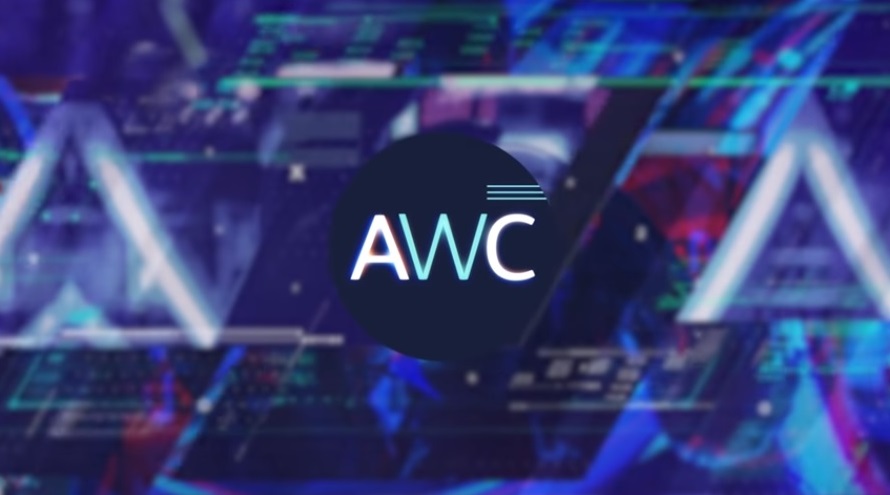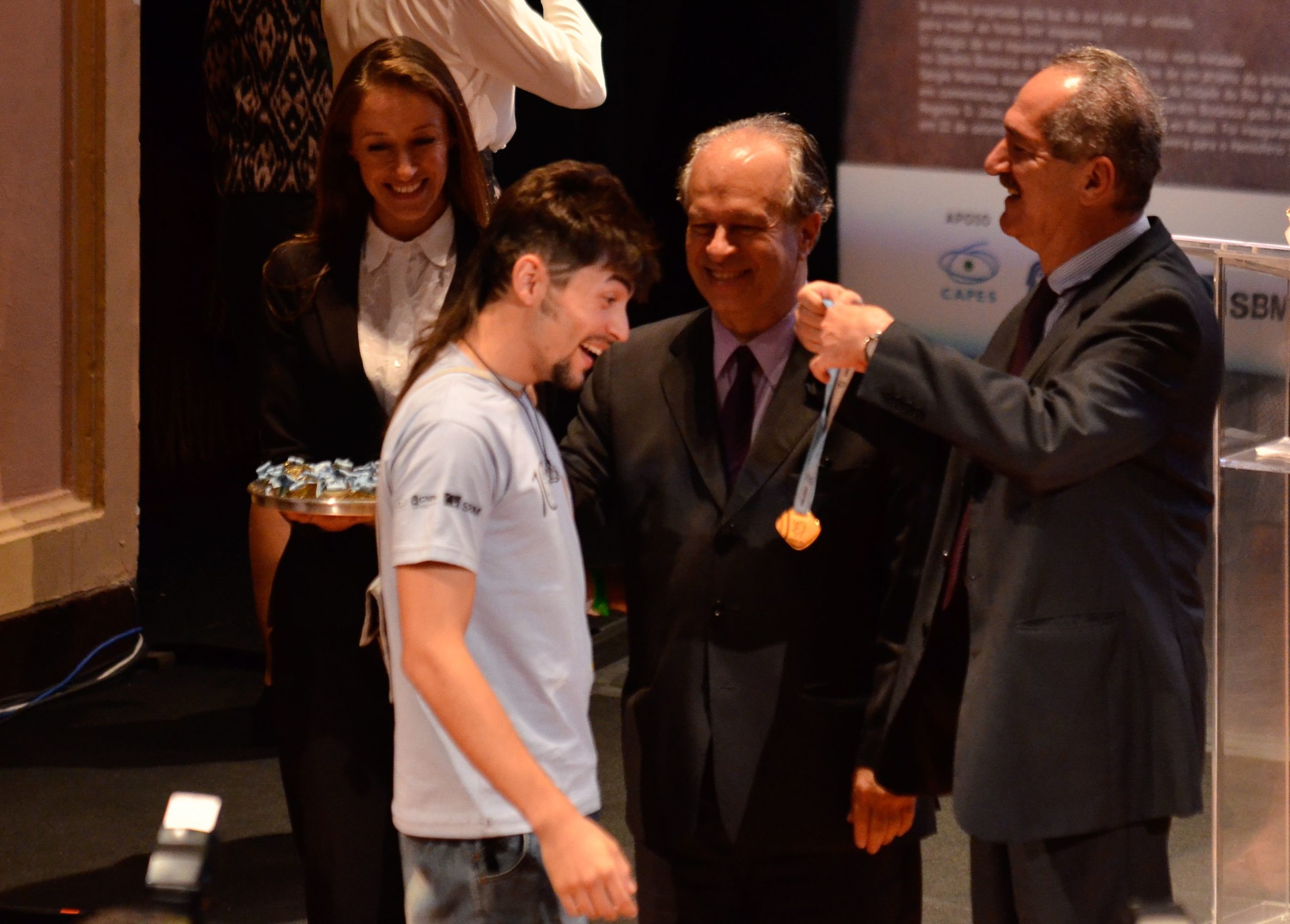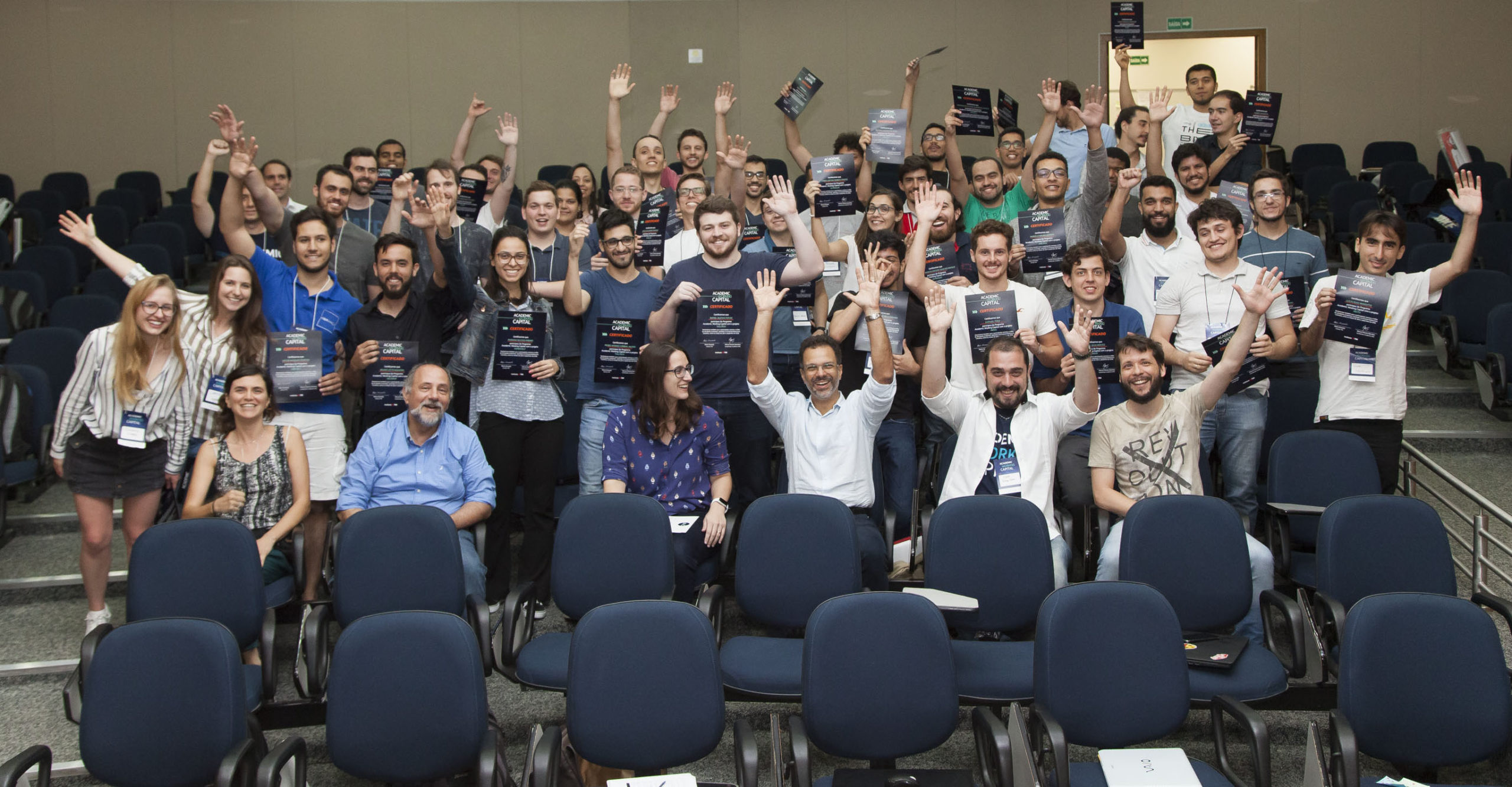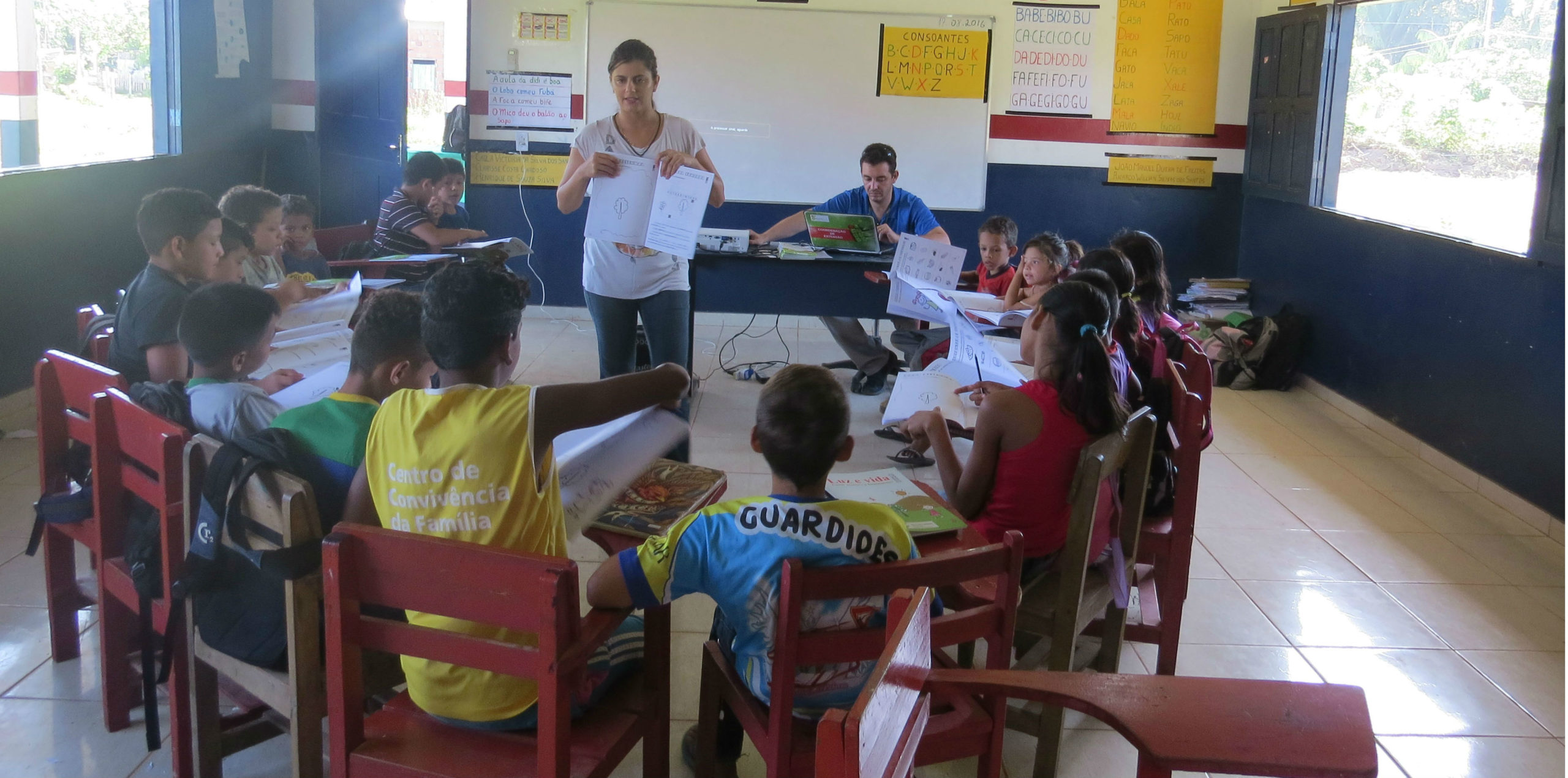
Two institutions supported by Instituto TIM invite children of difficult access regions in the Amazon to reflect on the environment in which they live. The project of the Federal Institute of Education, Science and Technology of Amazonas (IFAM) is underway in Manacapuru (AM) schools, and the State University of Roraima (UERR) will lead workshops of pinhole cameras to the Lower Rio Branco (RR). The two projects were contemplated in the public notice to support science and technology museums and centers, launched in 2015 by Instituto TIM in partnership with the National Council for Scientific and Technological Development (CNPq).
The IFAM initiative “Light of life: science that feeds the Amazon” invites children from 13 municipal schools in Manacapuru to know more about photosynthesis. The students receive a kit with a booklet and a comic book: the booklet proposes activities such as crossword puzzles, riddles, connect the dots and drawings to color, all related to photosynthesis; and the comic book approaches the theme from the point of view of four characters – a boy, a girl, the mother of the children and a tree. The team also developed a game for Android for application in the classroom.
The initiative addresses the relationship between the human being and the processes of nature, especially the photosynthesis, and involves a region that does not usually receive projects. In three of the participant schools is only possible to arrive by water, being two of them on an island. “There is a great lack of material, some schools don’t even have a blackboard. The booklet will serve as a pedagogical support for the teacher”, says the coordinator Criscian Kellen Amaro de Oliveira.
In the five schools that have already received the project, the feedback was positive. “They liked it an asked if we would go back more often. Even children who are not part of the project requested the booklet”, says Criscian. They booklet will be released in the e-book format during the 13th National Week of Science and Technology (13th SNCT), in October.

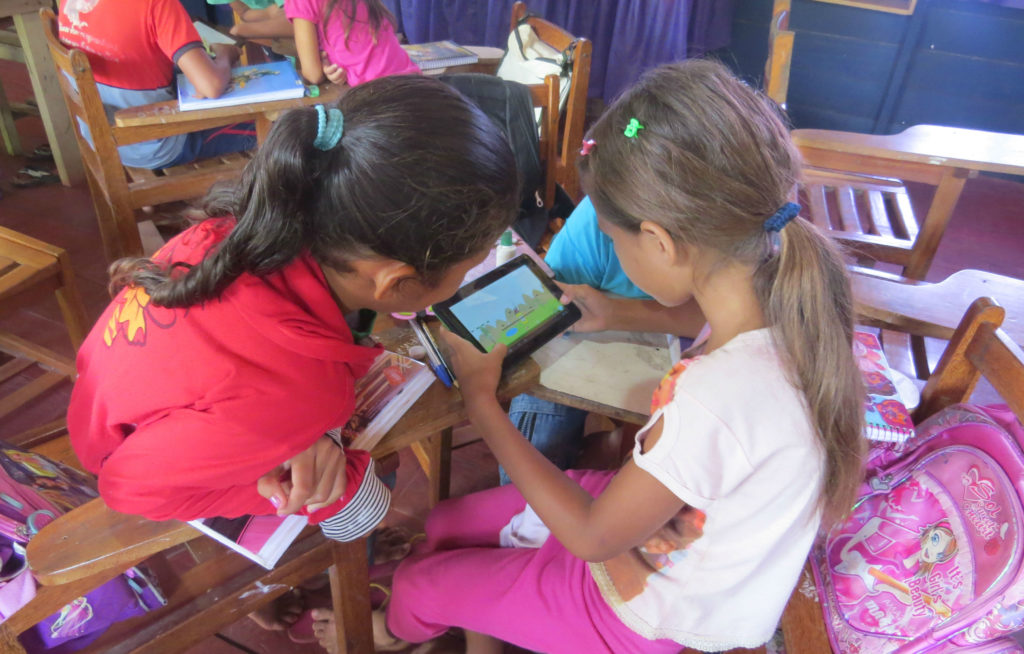
The UERR project “Light in the forest, forest in the tin!” will take tin camera workshops (pinhole) to five riverine communities of Lower Rio Branco, in Roraima: Santa Maria do Boiaçu, Sacaí, Terra Preta, Lago Grande and Cachoeirinha. Children will participate in workshops on concepts of Chemistry and Physics with scientific explanations about the processes of image capture and revelation. With tin cameras, they will take their own photos, which will be revealed on the same day and exposed in the communities.
The photos will be part of a book, along with testimonies from children about what they represent. “The child has a different perspective of the world and don’t have the speaking skills of an adult. We want to capture this sensitivity. The goal is to show their vision”, states the coordinator Thiago José Costa Alves. Tin camera workshops will also be held in Boa Vista during the 13th SNCT and in Roraima State Science Fair. The project predicts the participation of over a thousand children in the capital and in the five communities.
Thiago explains that the expedition of Boa Vista to the Lower Rio Branco is made by boat and takes about 32 hours. There are also difficulties of internet access and of communication in the region. “In addition to give visibility to the lives of these people, we also began to approximate the conventional scientific education to a place that is not too conventional”, he explains.
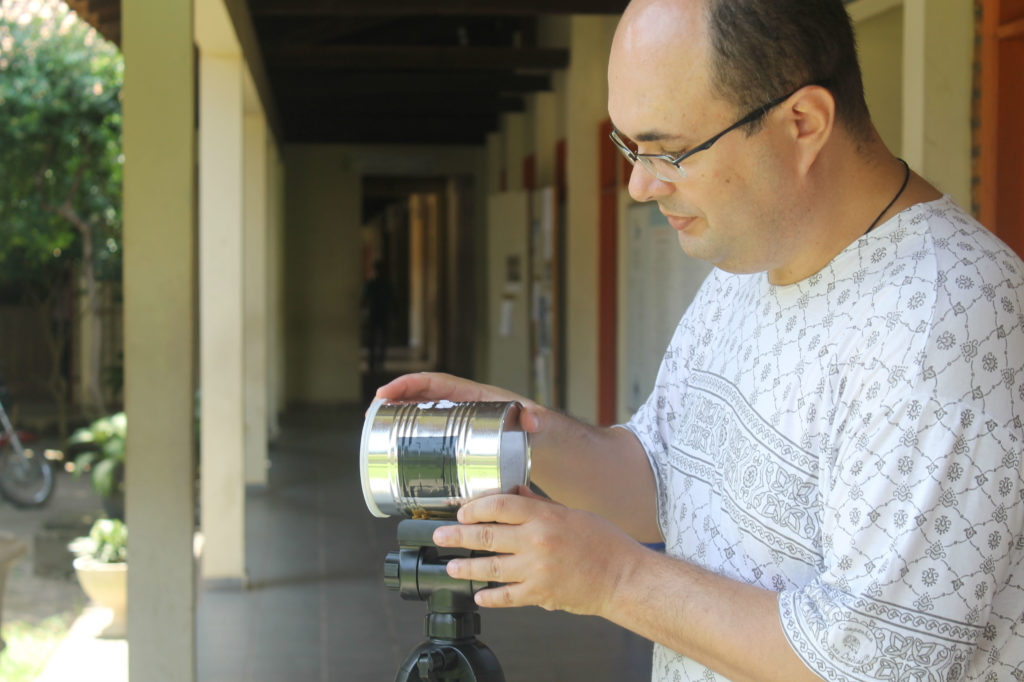
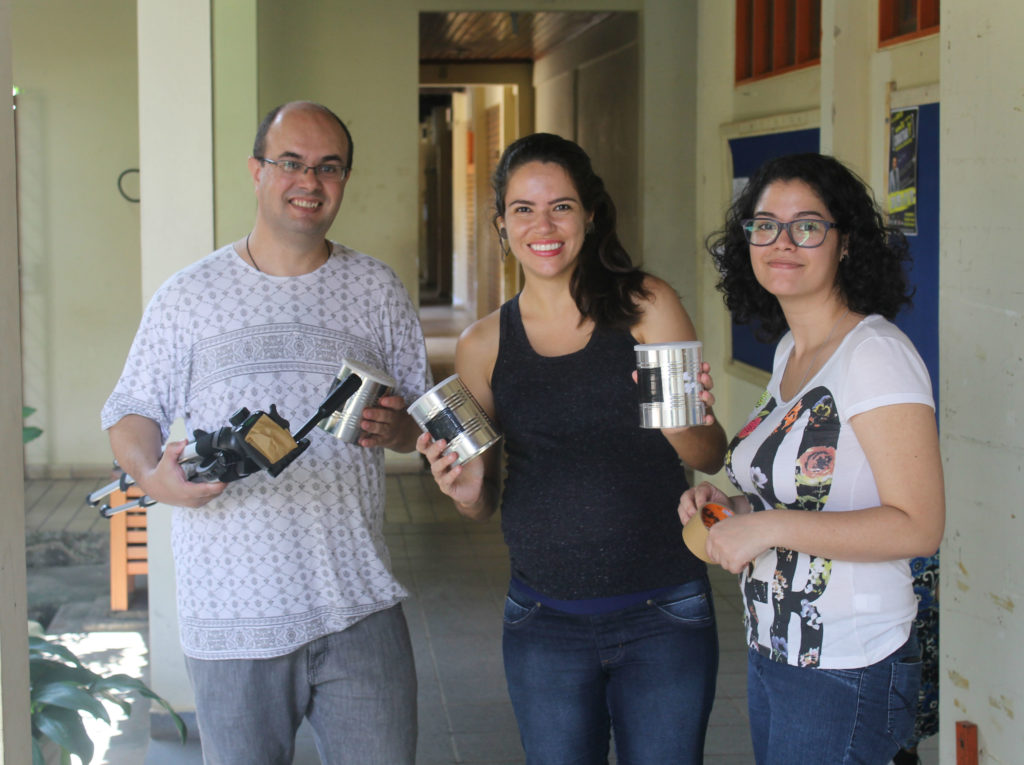
In total, 50 projects related to light and scientific dissemination for children from 4 to 10 years old were select by the public notice of Instituto TIM and CNPq. The theme was chosen to commemorate the International Year of Light, celebrated in 2015. It was chosen projects of 18 states from all regions of Brazil. The public notice is part of the line of support to science and technology museums and centers accomplished by Instituto TIM since 2012.



